Five Things We Love About Ravenna
Let the fresh coastal breezes from the nearby Adriatic engulf your senses as you wander the ancient neighborhoods of Emilia-Romagna’s Ravenna. An absolute historical treasure, Ravenna is an epicenter for both cultural and religious shifts in Italy dating from the ancient era of the Etruscans. Although a debate still exists over which ancient tribe actually settled the area now known as Ravenna, it is mainly attributed to either the Etruscan or Senone people. The city was formally adopted as a Roman town in 89 BC and was later used as a militaristic hub for such leaders as Julius Caesar and the Emperor Augustus. Ravenna saw a period of peace and productivity under Roman rule, gaining the seat of the Western Roman Empire from Milan in 402 AD. Around this time, Christianity became the official religion of favor for the Imperial family in Ravenna and is the period in which many of the city’s great structures were conceived. Upon the fall of the Western Roman Empire, Ravenna became the capital of the Ostrogoths under King Theodoric the Great. In 535, Christian Byzantine Emperor Justinian I in opposition to Ostrogoth rule over Ravenna, invaded and conquered the city thus making it the seat of the Byzantine empire in Italy. Today a UNESCO World Heritage Site, Ravenna is a historical timeline come to life, chronicling with every one of its ancient buildings, churches and monuments, some of the most tumultuous and intriguing periods in Italian history. The city is perhaps best know for its perfectly preserved 5th and 6th century mosaics that tell the story of Ravenna’s re-birth as a center for both Arian (Christianity rooted in the teachings of Arius) and Byzantine Christianity, in a time when the Roman empire was transitioning from a polytheistic to monotheistic belief system. An unprecedented look into this unique period in Roman history can be witnessed firsthand through the intricate and colorful storytelling of each mosaic and in the ancient monuments that line many of Ravenna’s city streets. For this and so much more, in no particular order, five things we love about Ravenna:
1. First consecrated in 548, the mosaics of the Basilica of San Vitale are astoundingly well preserved accounts of Rome’s transition from a classical world of pagan deities and rituals into the Christian empire of Late Antiquity. Golden visions of ancient saints and early Christian symbolism light up the octagonal space of the basilica, each vivid mosaic a sparkling reminder of the city’s prominence during the early stages of Byzantine Europe. Regardless of your own affiliation, you cannot help but be inspired by the soulful eyes of the Empress Teodora as she stares from high above or the ancient symbols of the angel, lion, ox, and eagle representative of the four Evangelists. An enthralling spectacle for the eyes, the basilica is a priceless example of both Byzantine art and history.
2. The Mausoleum of Galla Placidia, built between 425 and 450, was created in honor of Galla Placidia, the daughter of Roman Emperor Theodosius I and a regent of the Western Roman Empire for over ten years. Galla Placidia was part of the Imperial Roman family that ruled the Western Roman empire and eventually moved the capital from Milan to Ravenna 402 AD. The mausoleum is built in the formation of a Latin cross and while austere from the outside, features an extraordinary display of luxuriously vibrant mosaics within. The mosaics are set against a celestial night sky and feature imagery representing the glory of eternal life over death, producing an overall dreamlike quality to the environment. Brilliant stars and sapphire skies glean from shafts of light radiating into the dimly lit space as you are captivated by the almost cosmic sensation of the images around you.
3. Originally built in 1869, Ravenna’s Mercato Coperto stands in an area of the city that has been historically known for its markets dating back to the 400’s AD. Technicolor fruits, vegetables and desserts greet you as you meander through aisle upon aisle of fresh baked breads, piadine, cured meats, cheeses, produce, seafood and more. Mingle with the neighborhood shoppers and pick up a tip or two for dining in true Romagnolo fashion. If you’re in the mood for a picnic or just a contemplative afternoon spent observing from a city bench, the mercato coperto is the place to grab fresh local fare. Sit back, relax and bite into something delicious.
4. A small, Neo-Classical temple built in 1780 by the architect Camillo Morigia, Dante’s Tomb is a site not to be missed by anyone who appreciates the luminary works of this early literary genius. The temple’s sarcophagus contains the actual bones of Dante, above which a relief created by Pietro Lombardo shows the poet in contemplation at his desk. An 18th century oil lamp filled with Florentine olive oil is perpetually kept burning at the center of the temple, a respectful homage to the memory of Dante and his final home of Ravenna.
5. Ravenna, like most cities within the region of Emilia-Romagna, is known for its outstanding cuisine. But one specialty in particular has put Ravenna on the culinary map of Italy. The pride and joy of Ravenna and its people is undoubtedly the Piadina. Piadina is a thin flatbread made from white flour, lard (or olive oil), salt and water and is indicative of the Romagna region specifically. Although many accounts attribute the origin of the piadina to ancient times, the modern piadina as it is enjoyed today, was created around 1371 when it was adopted as the people’s bread of Romagna. A Piadina from Ravenna is usually a bit thicker than those from other areas of Romagna, and often contain cheese, herbs, and/or cured meats. Stands all throughout Ravenna serve up the piping hot, doughy delicacy on pretty much every street corner, while local bars and restaurants serve their own special versions to revelers as they enjoy imbibing the local crisp white wines.
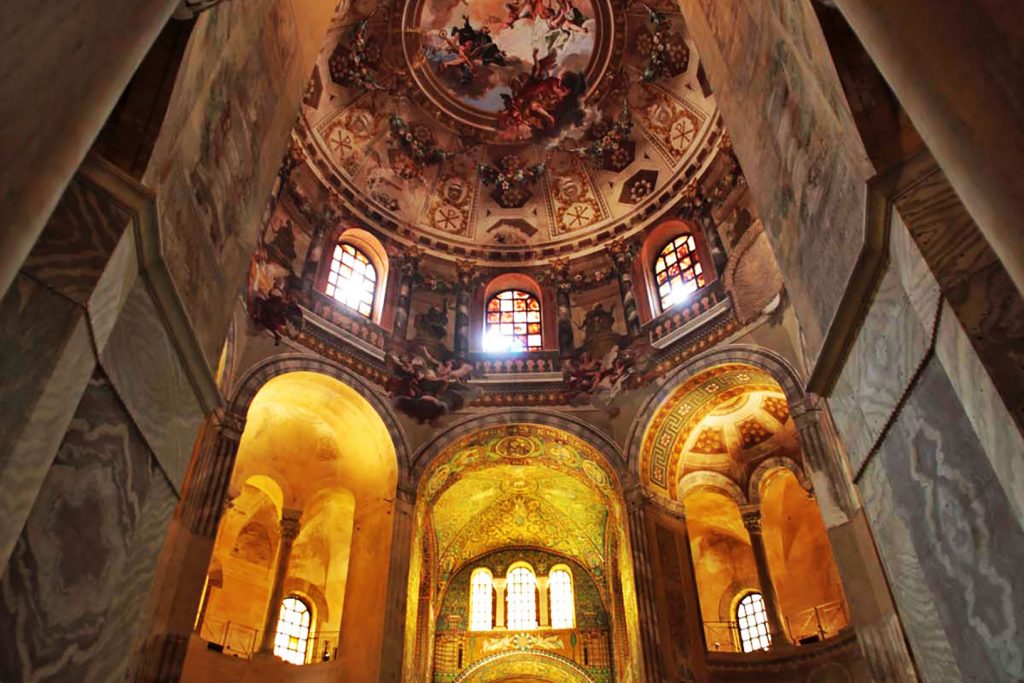
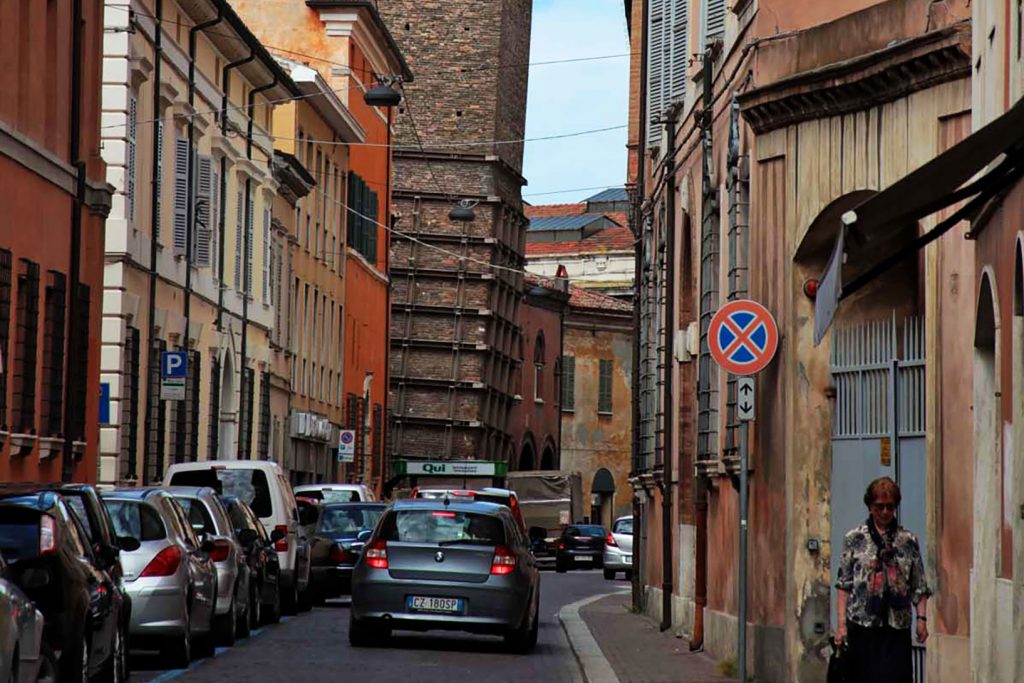

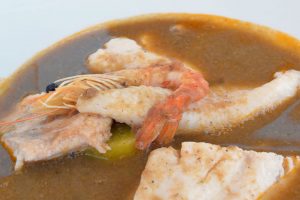
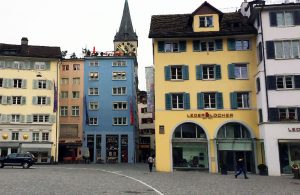
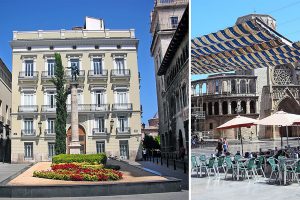
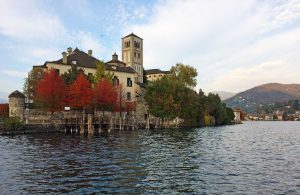
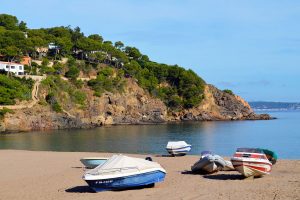
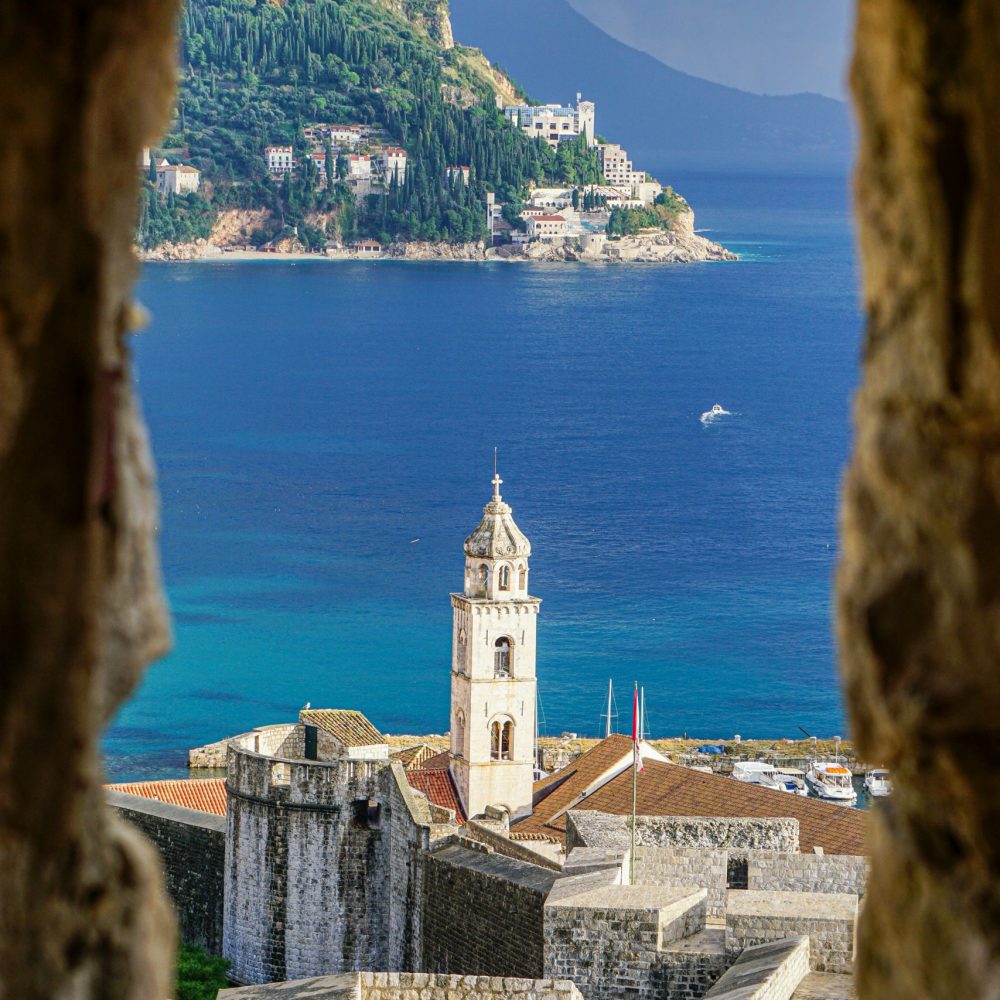
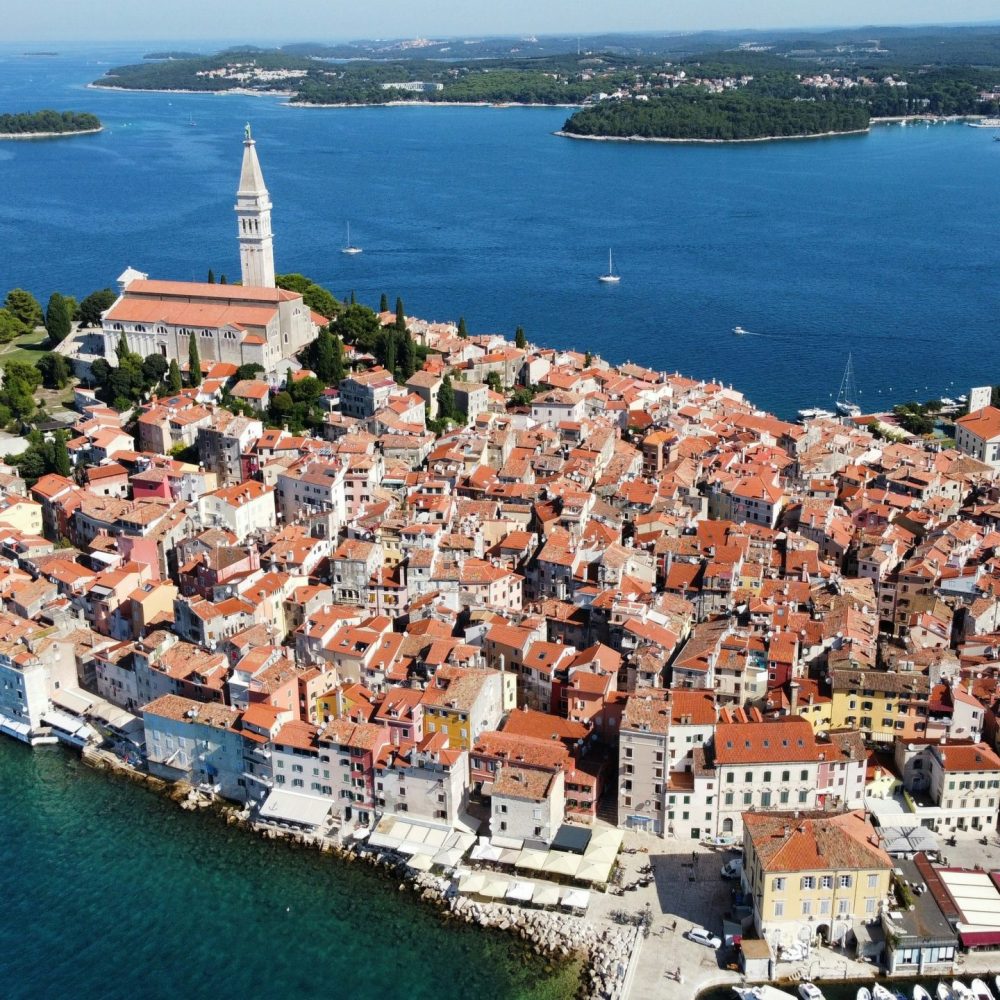

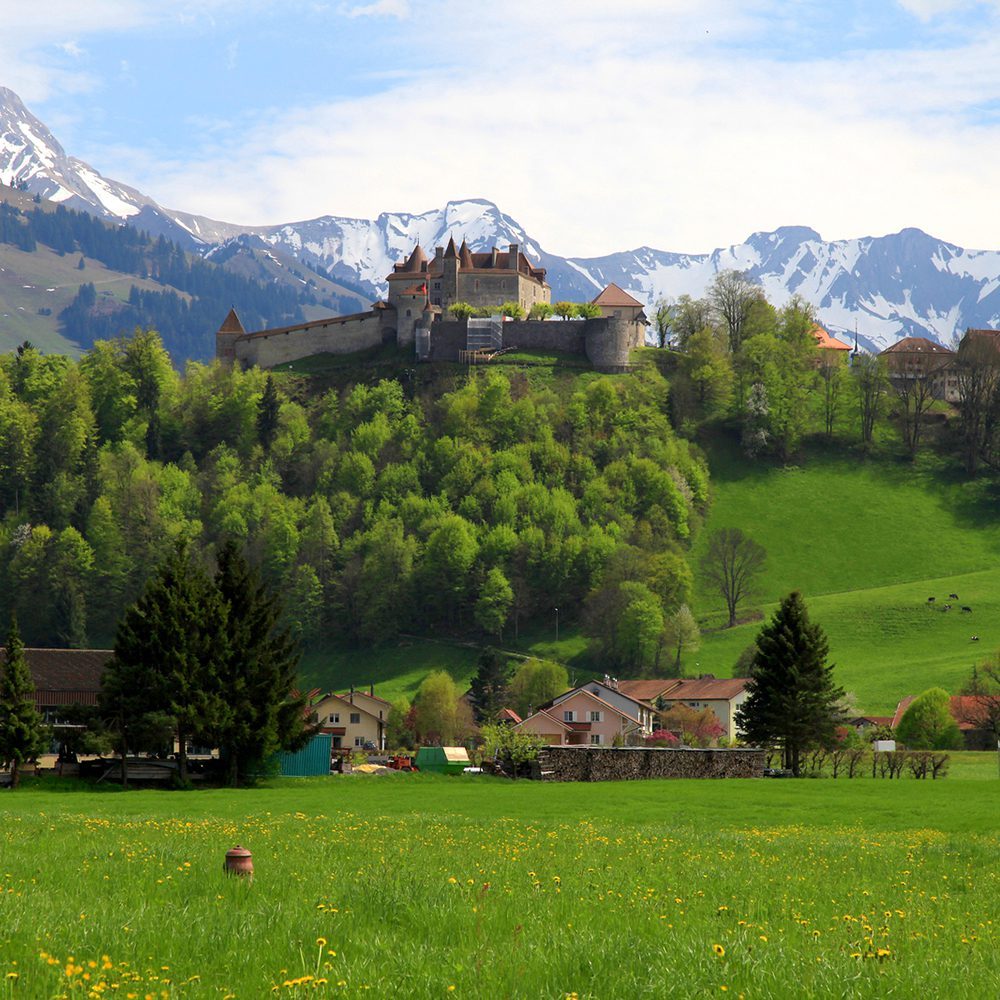
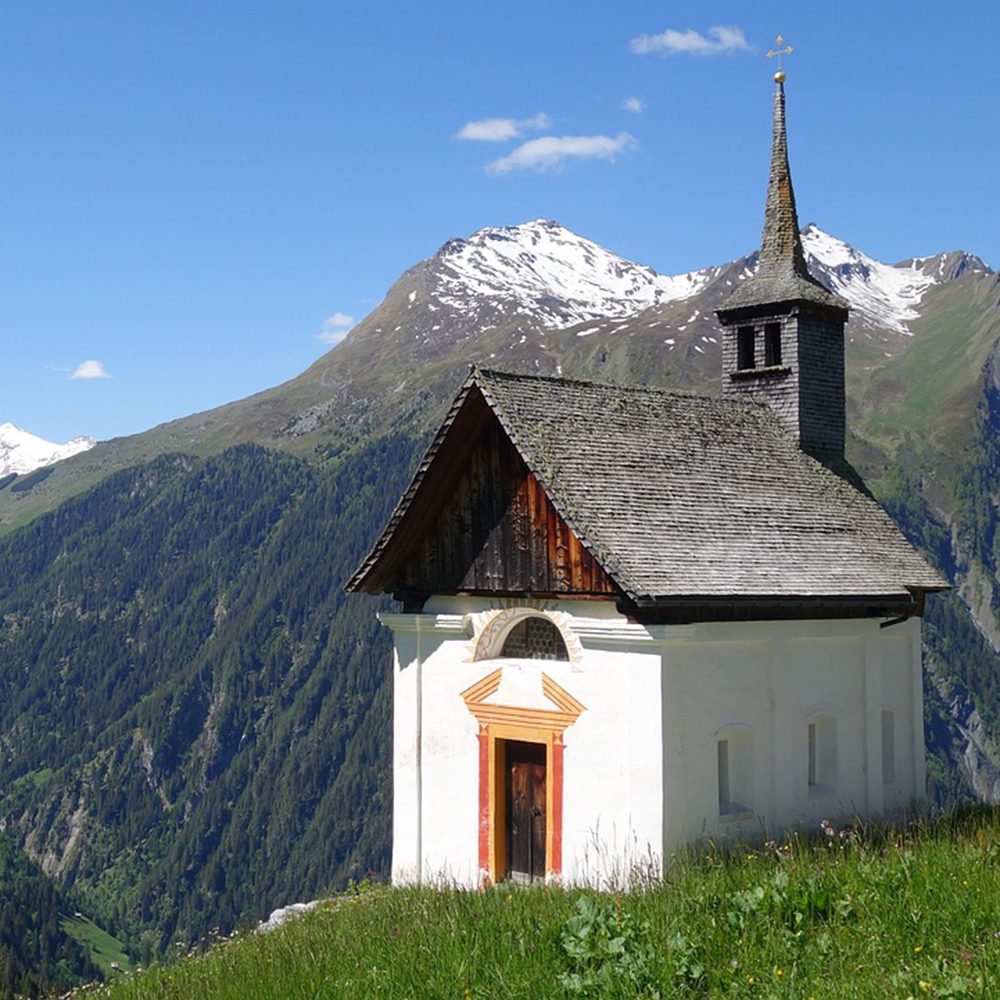
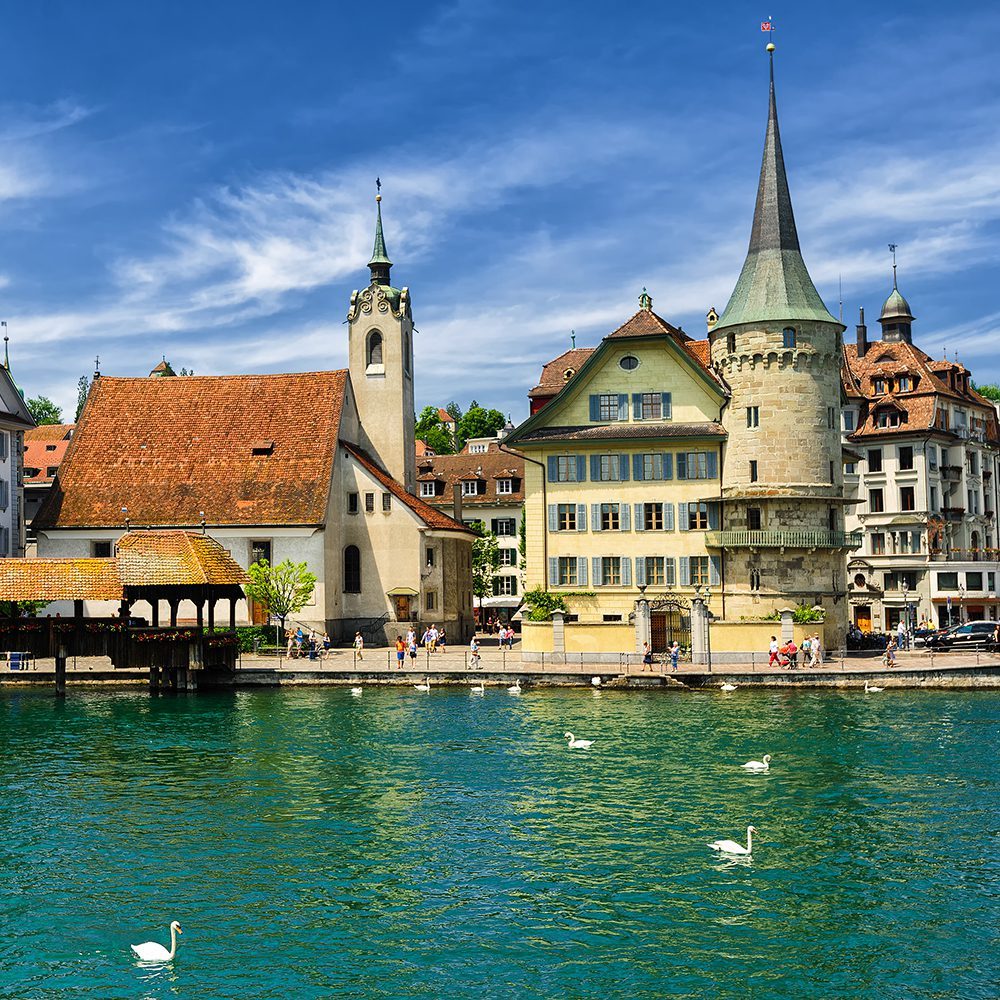
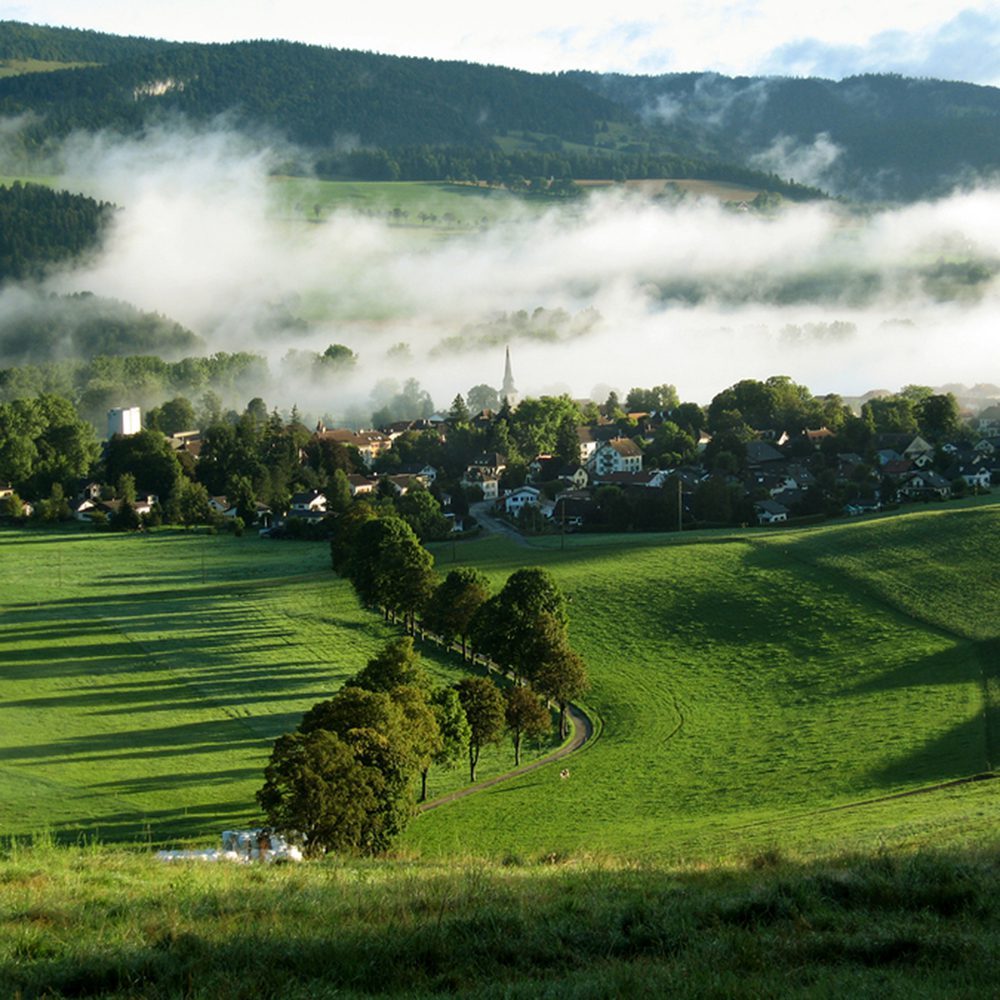
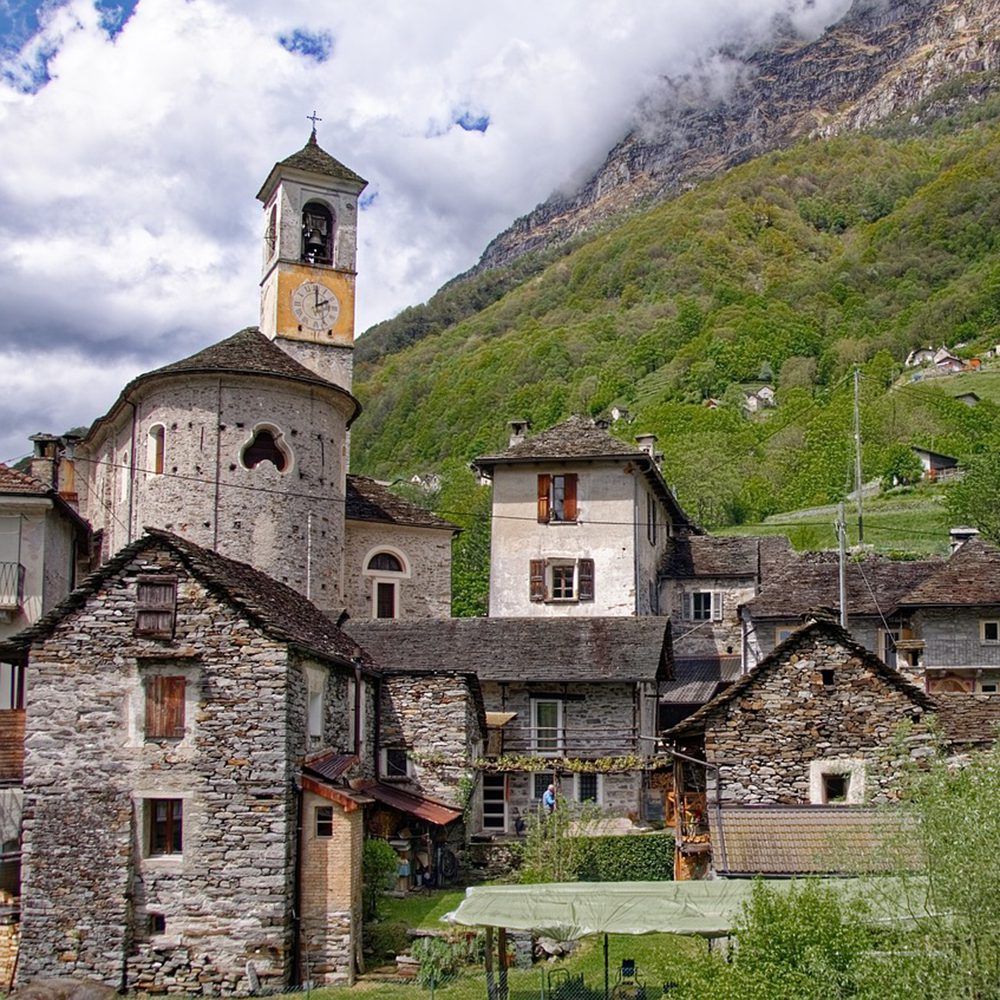
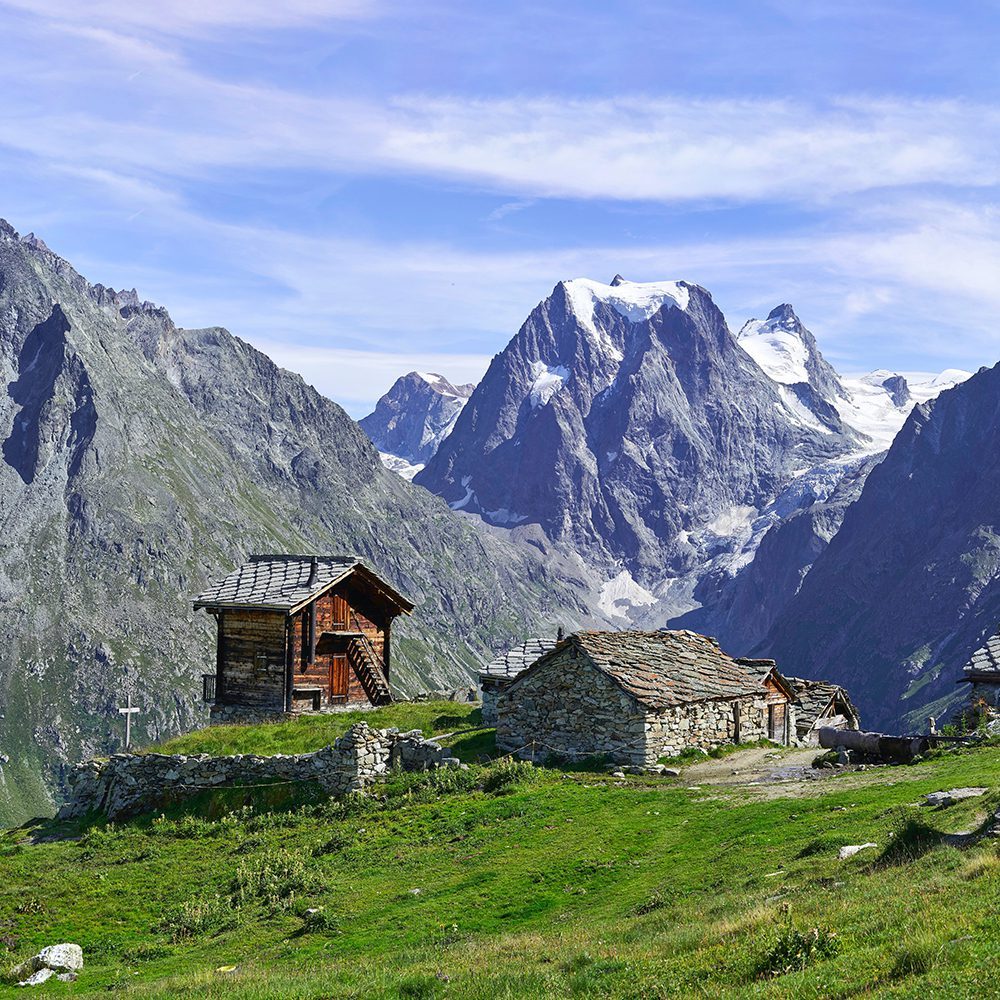
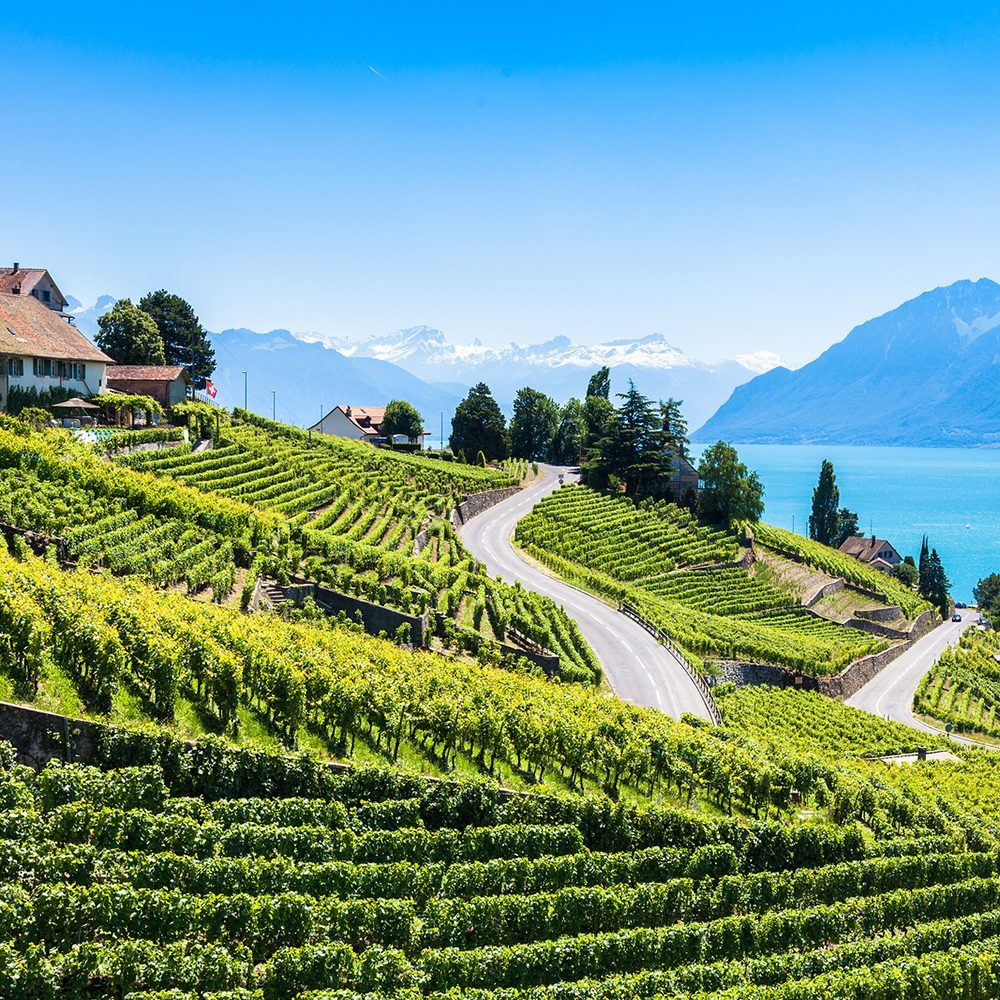
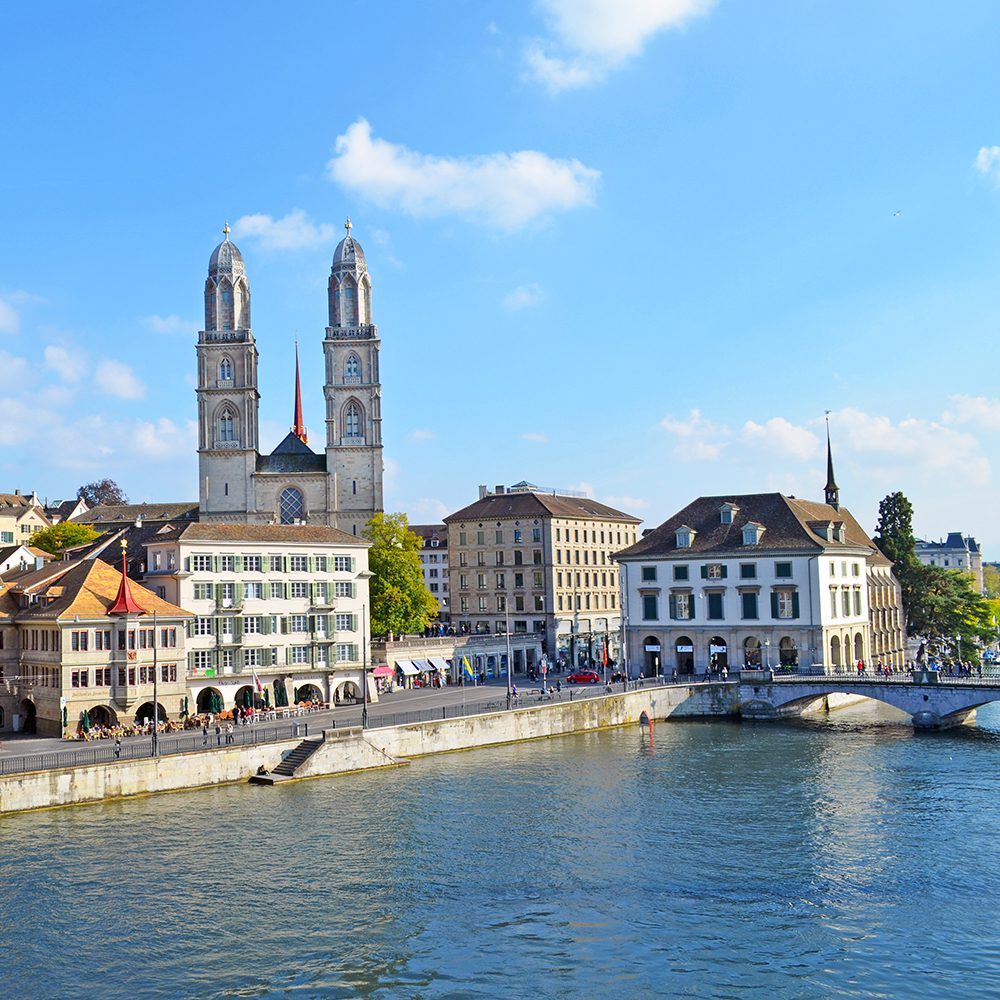
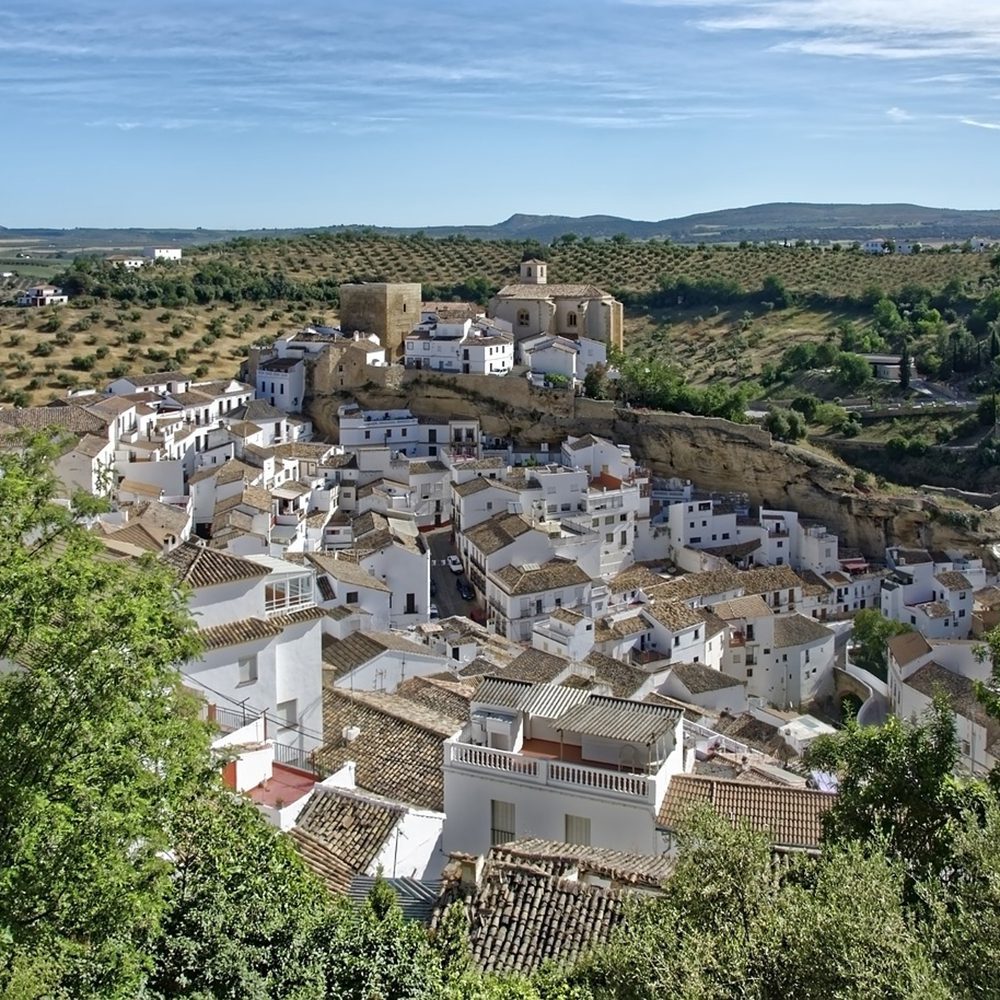
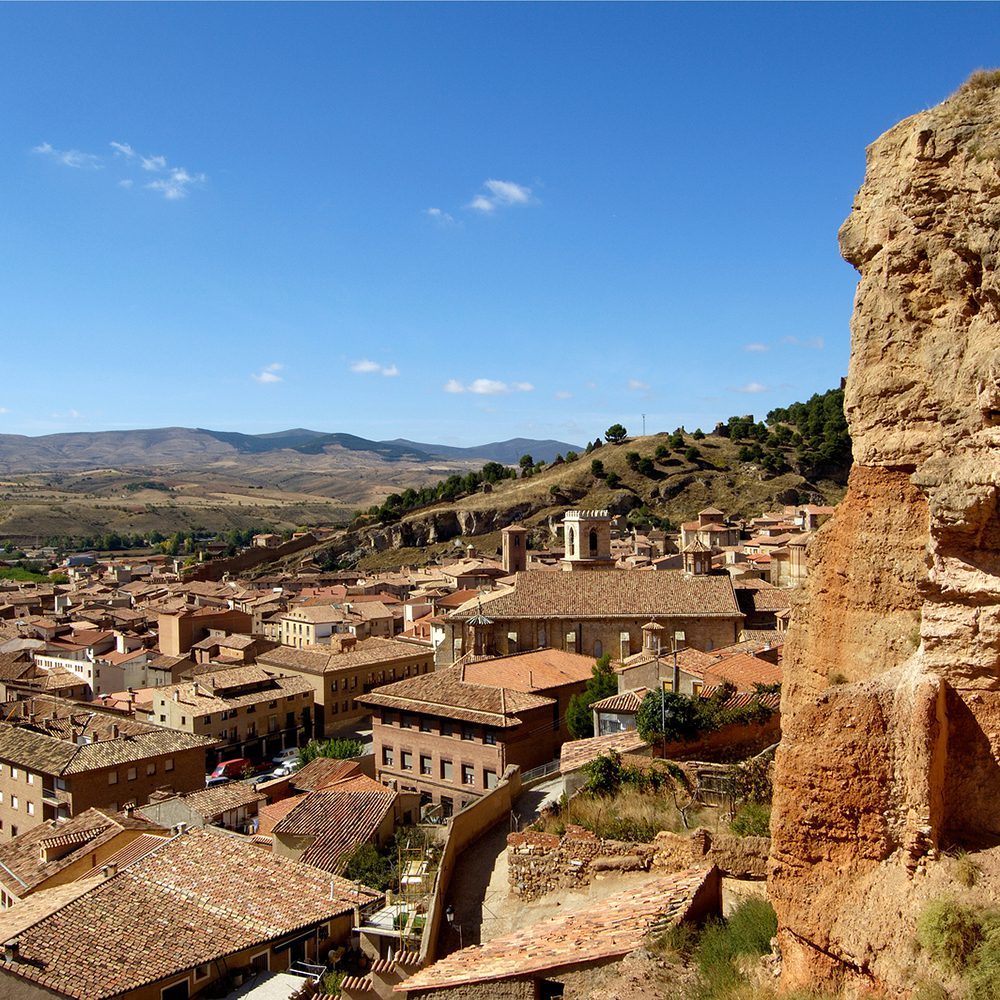

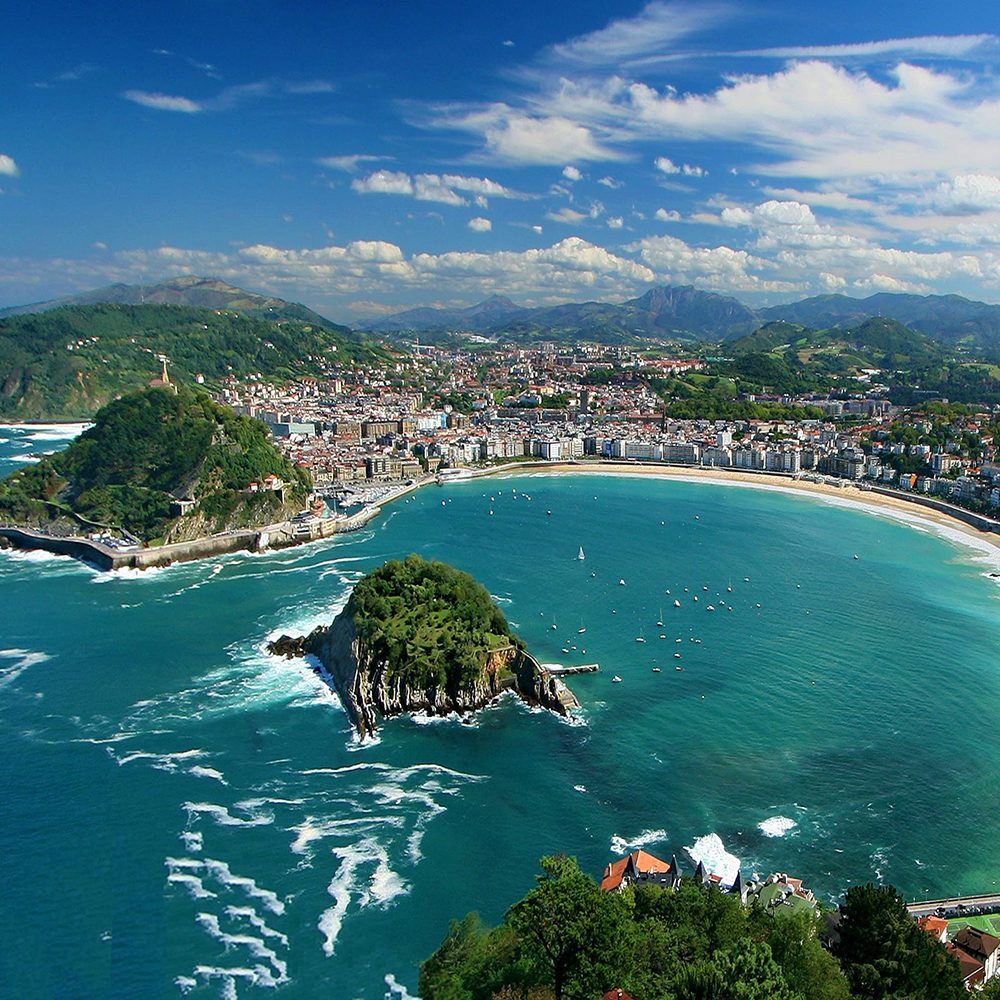
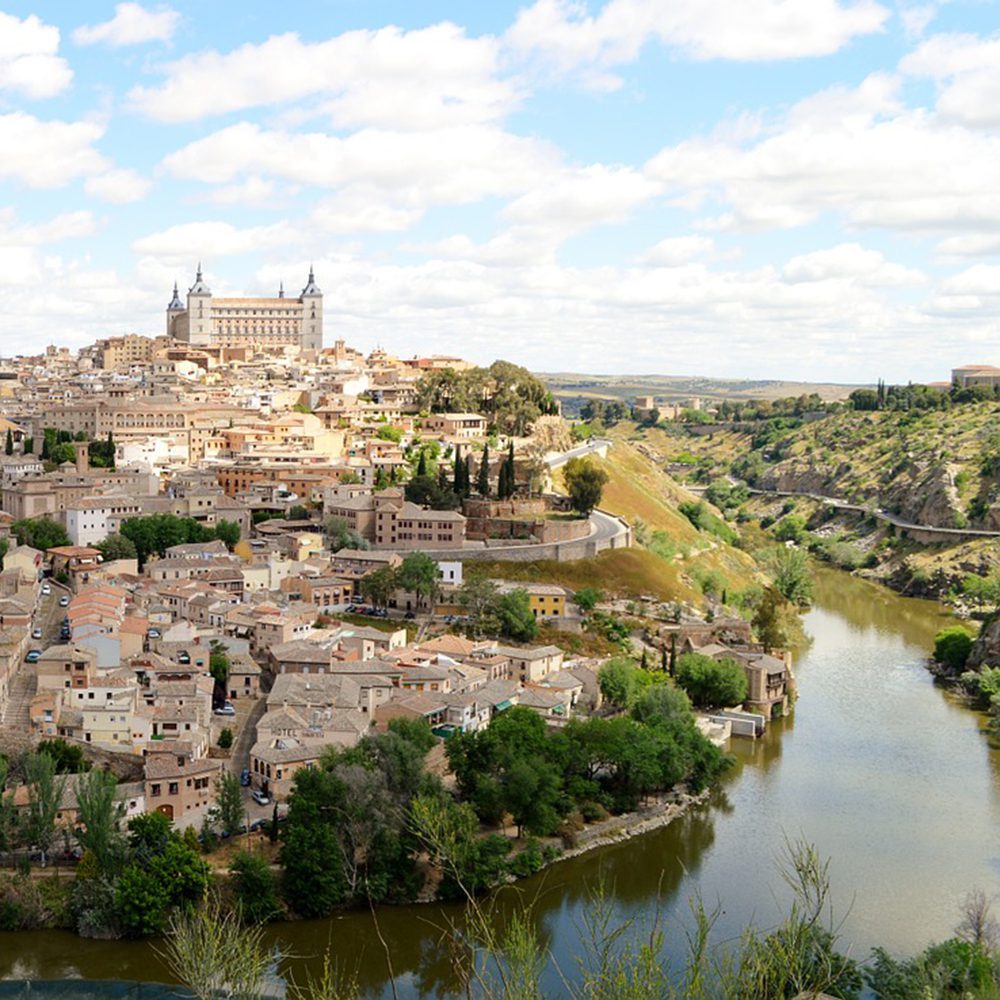


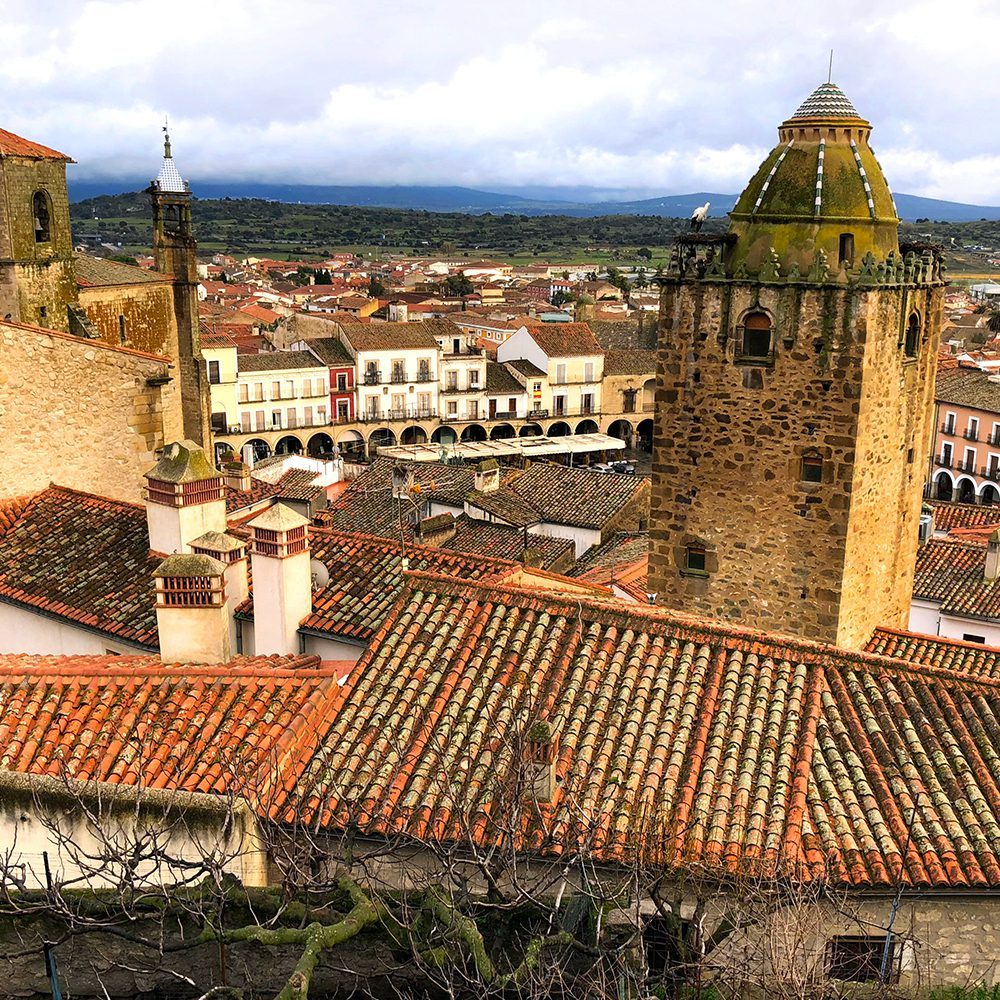
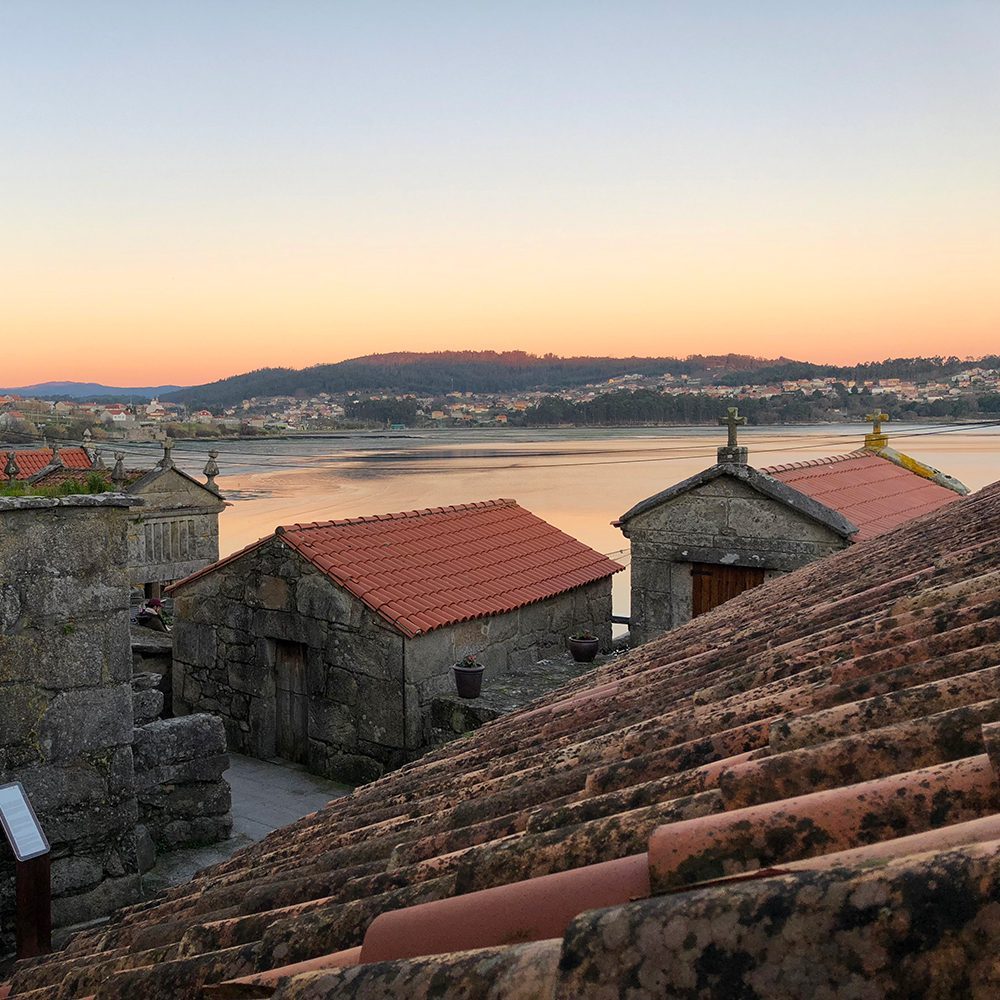
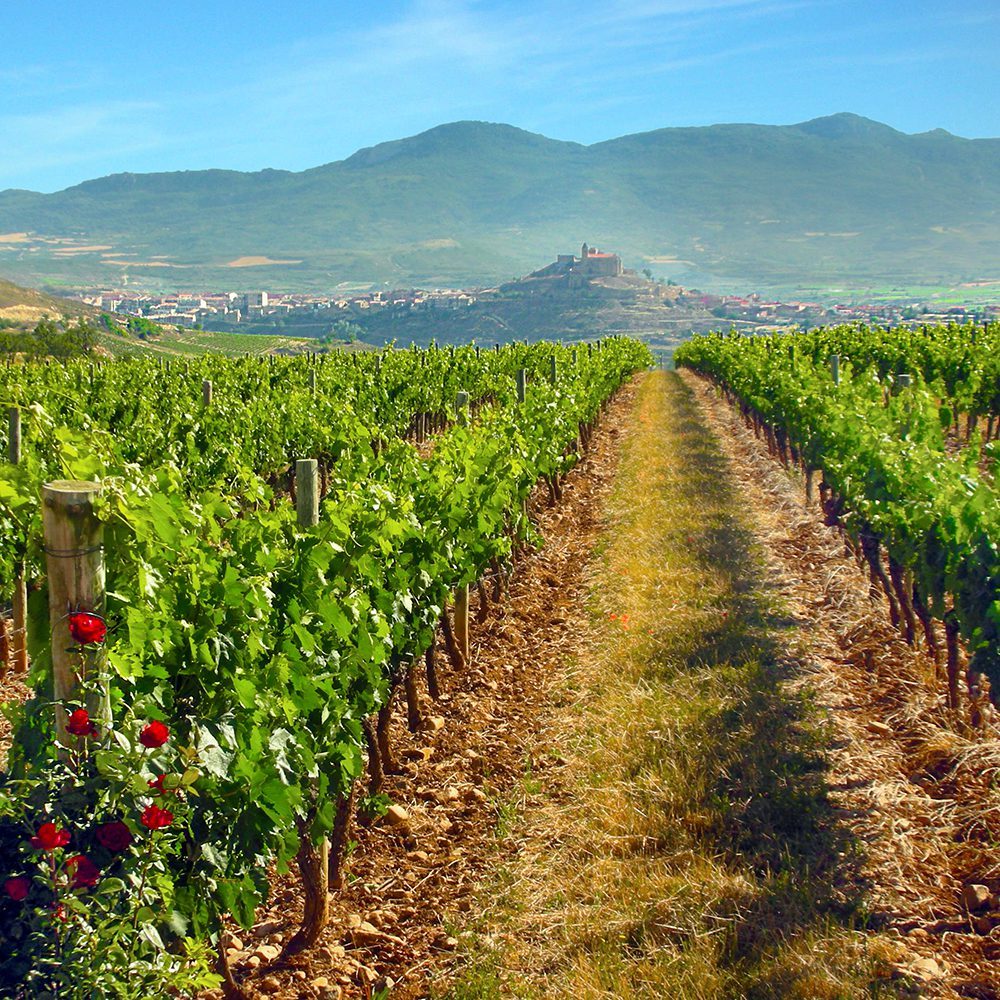
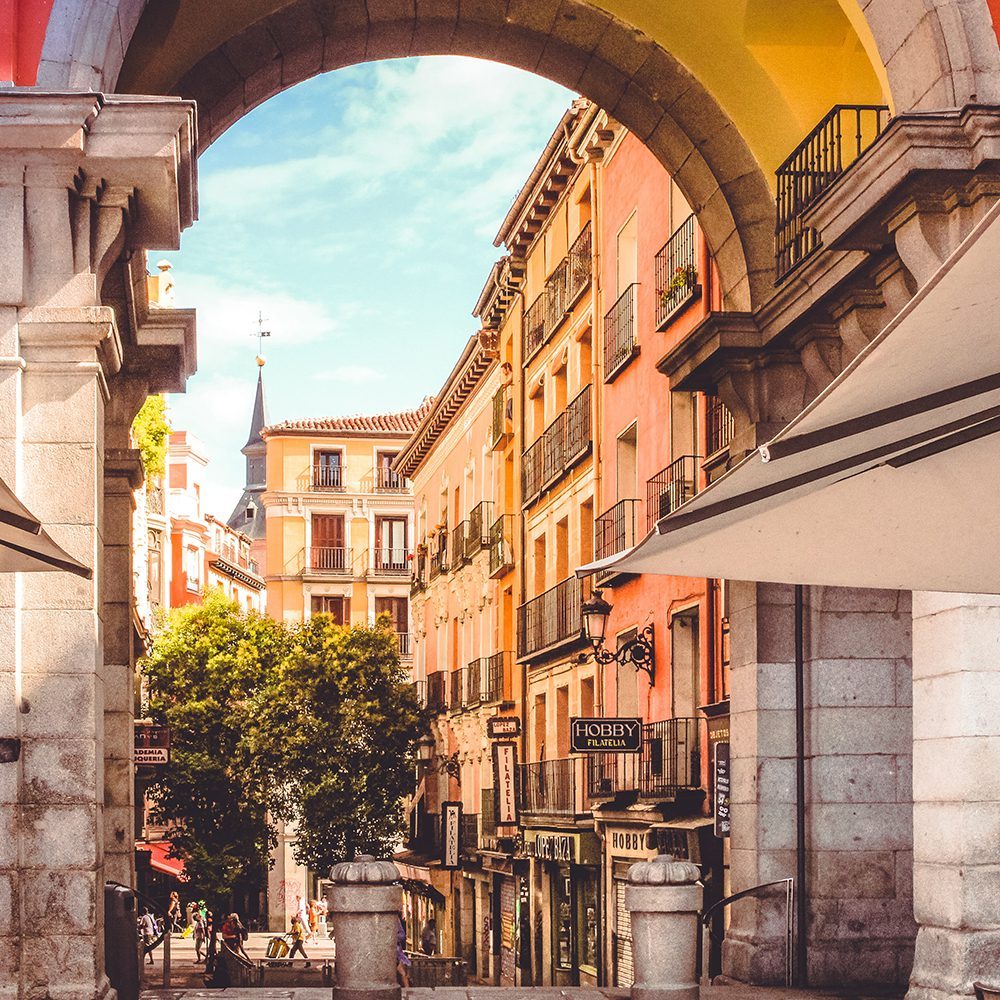
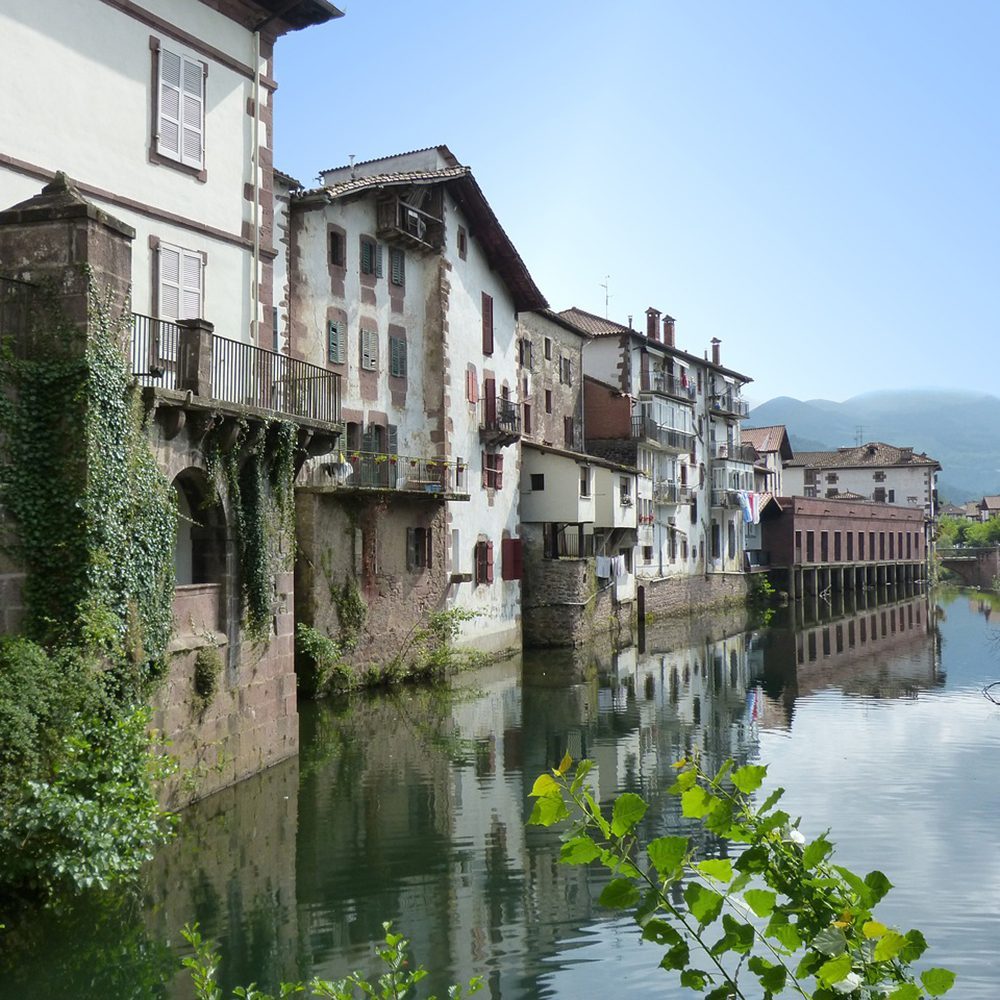

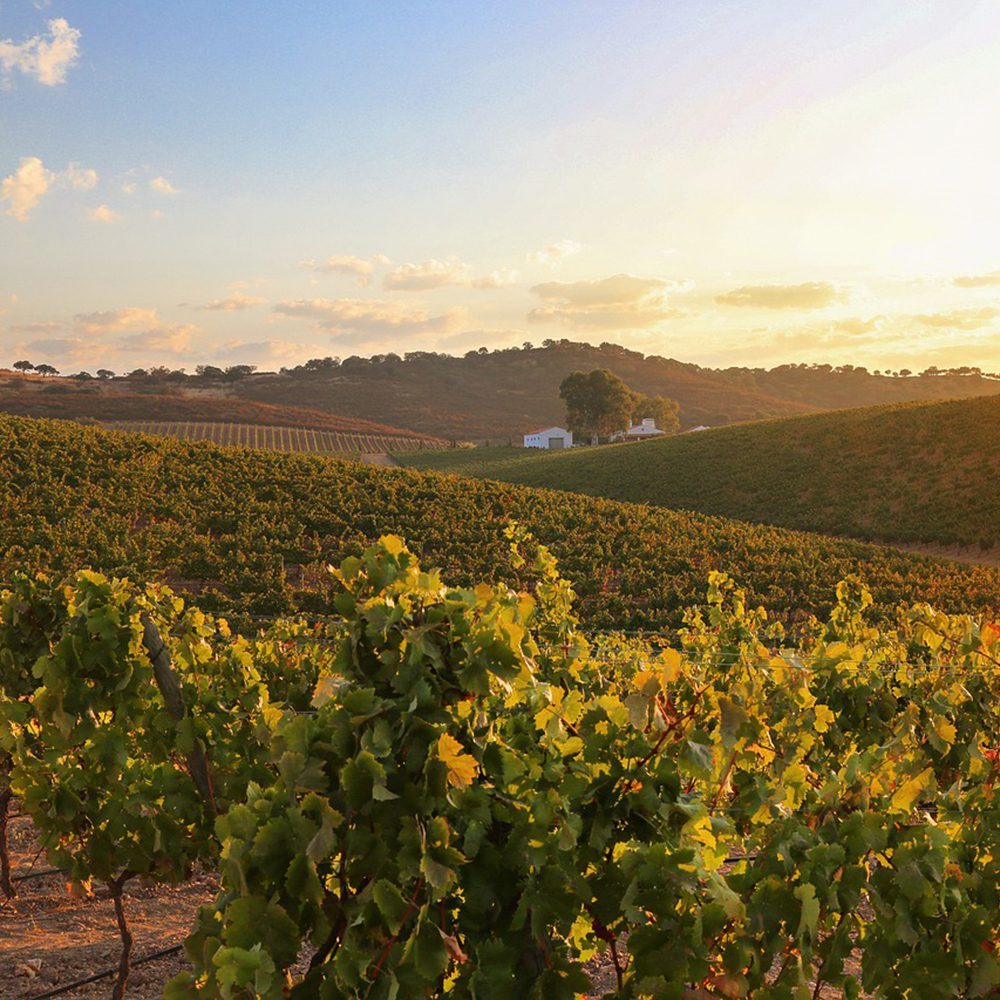
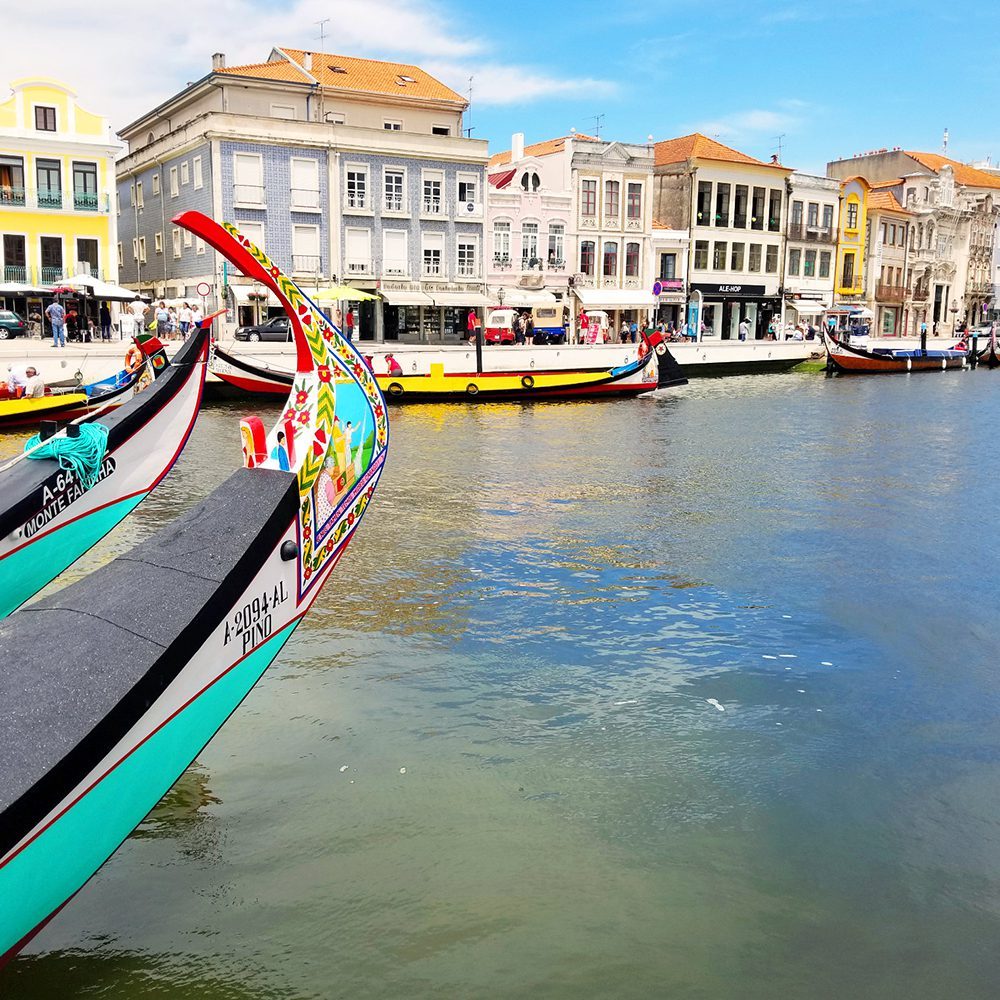
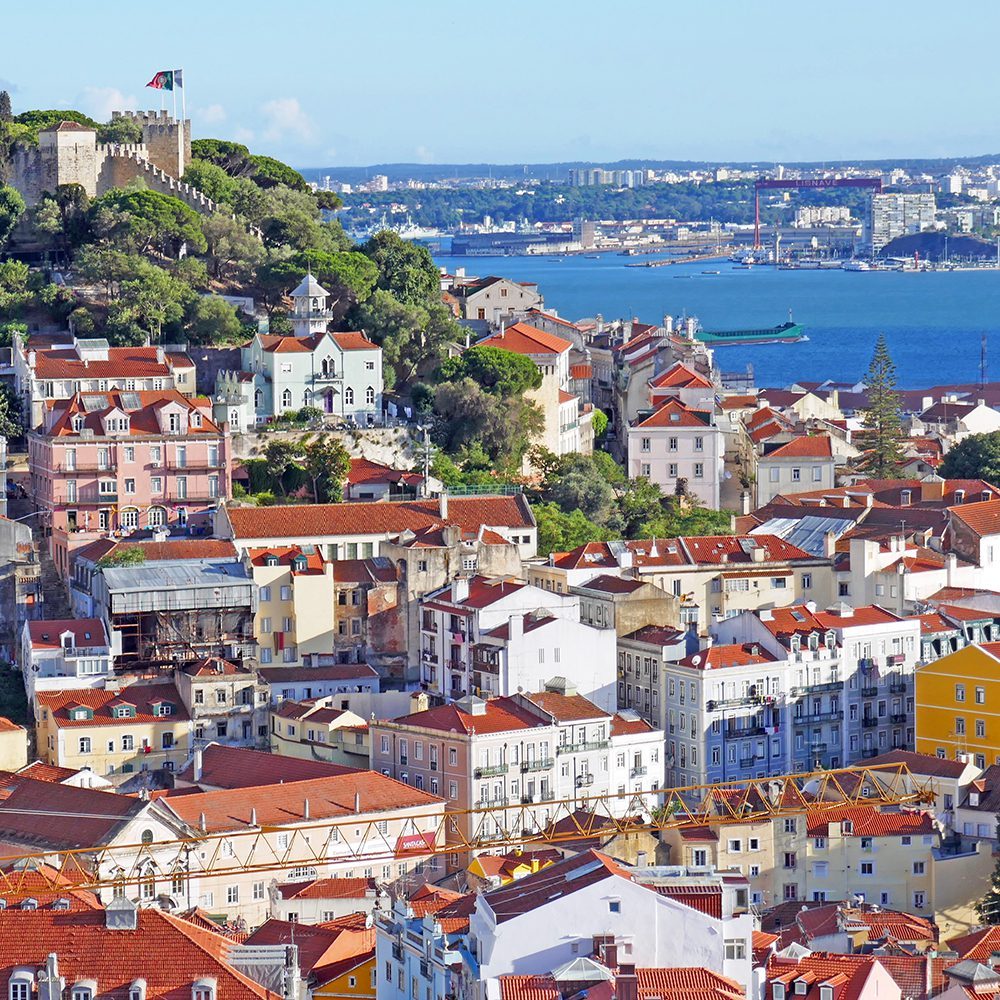
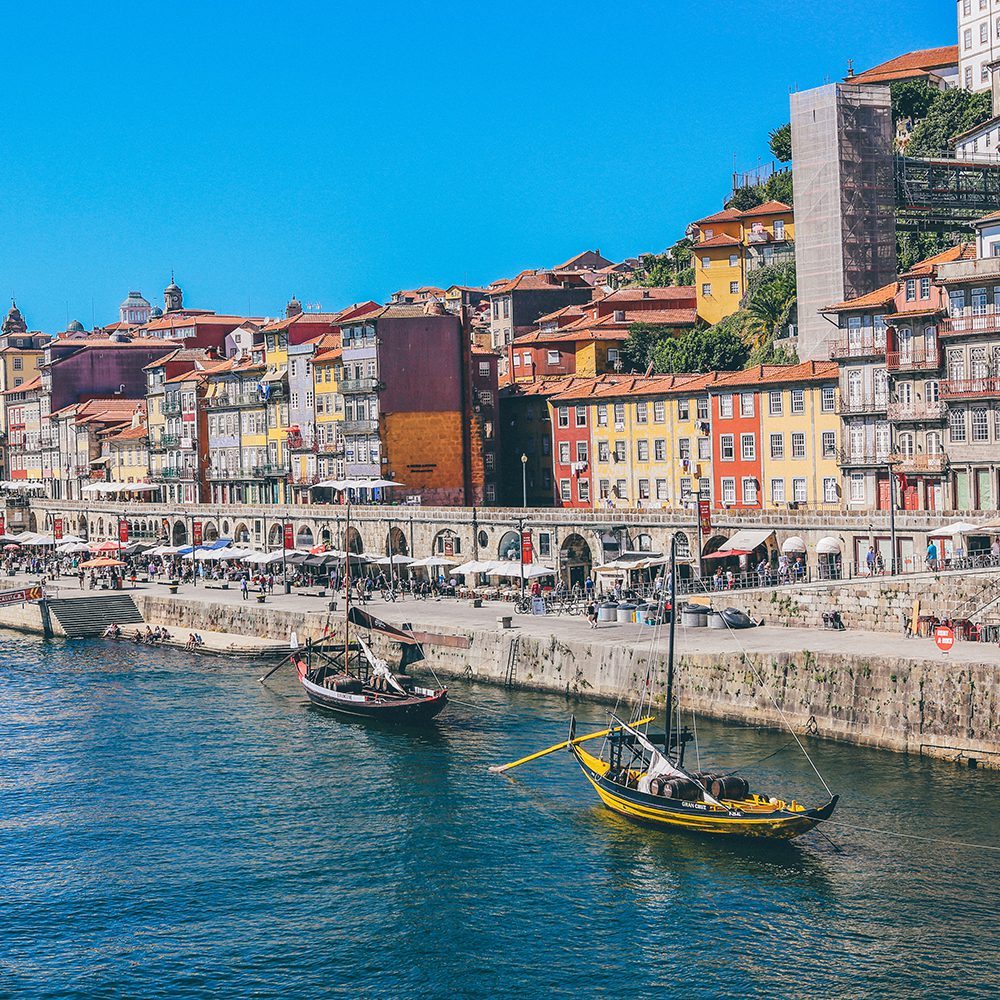
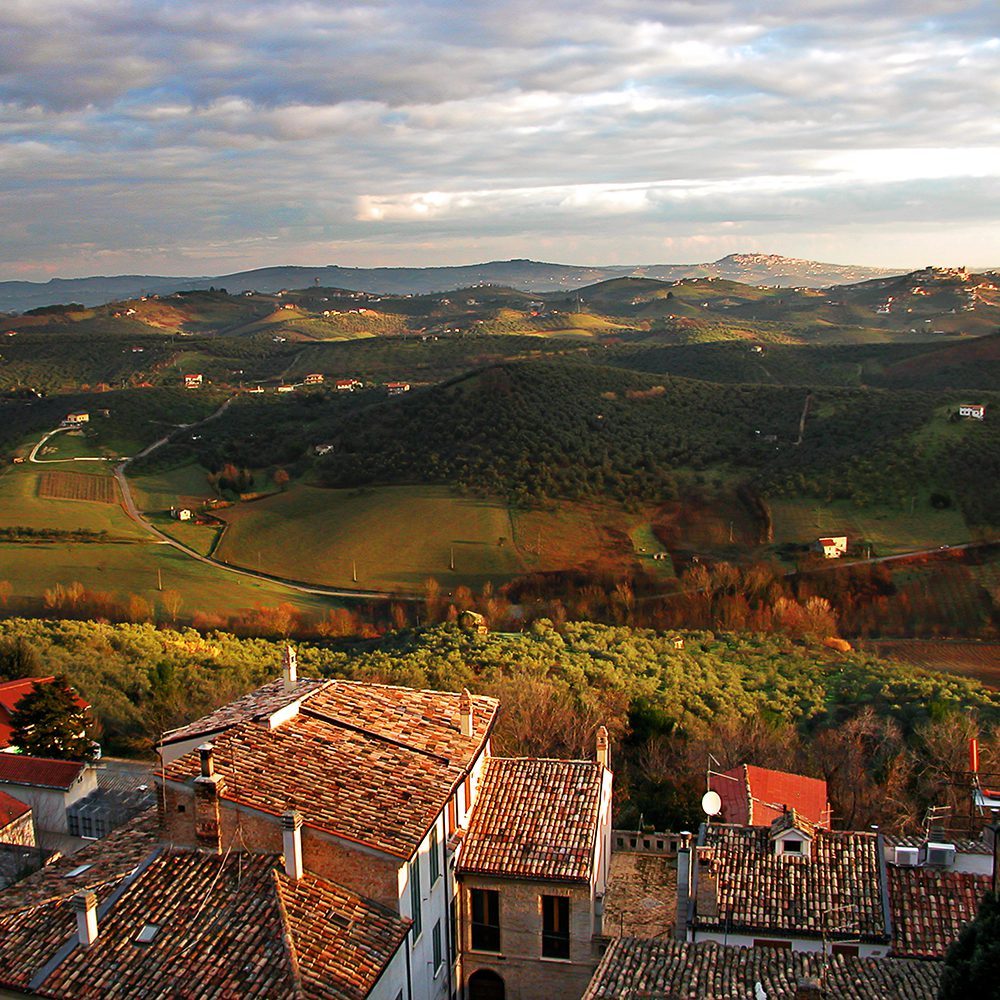
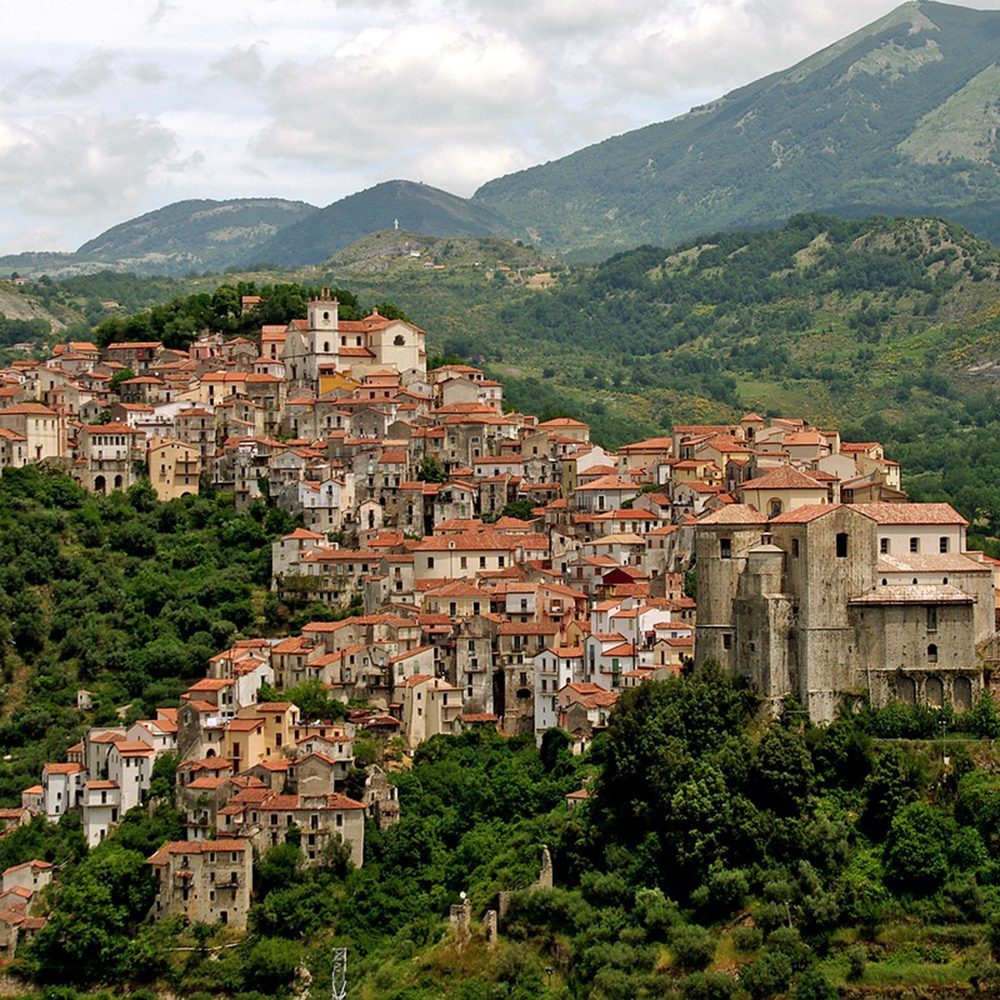
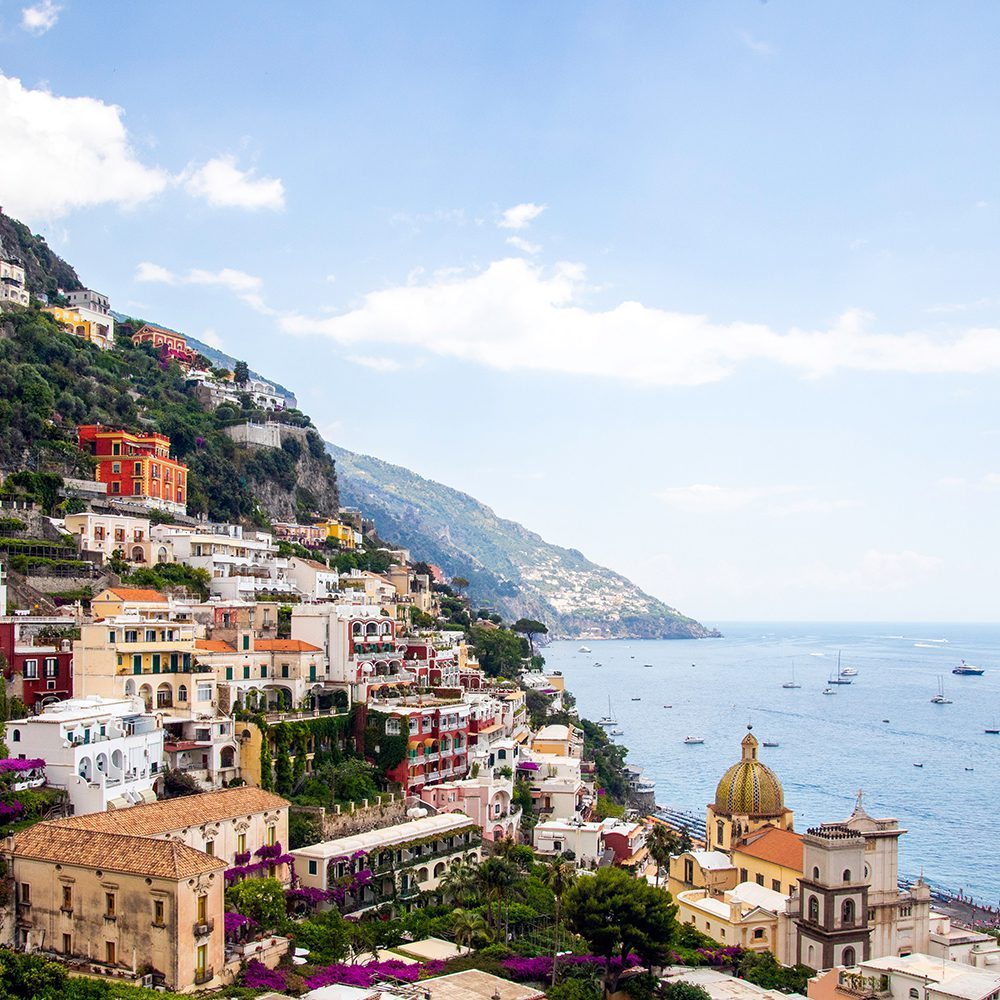


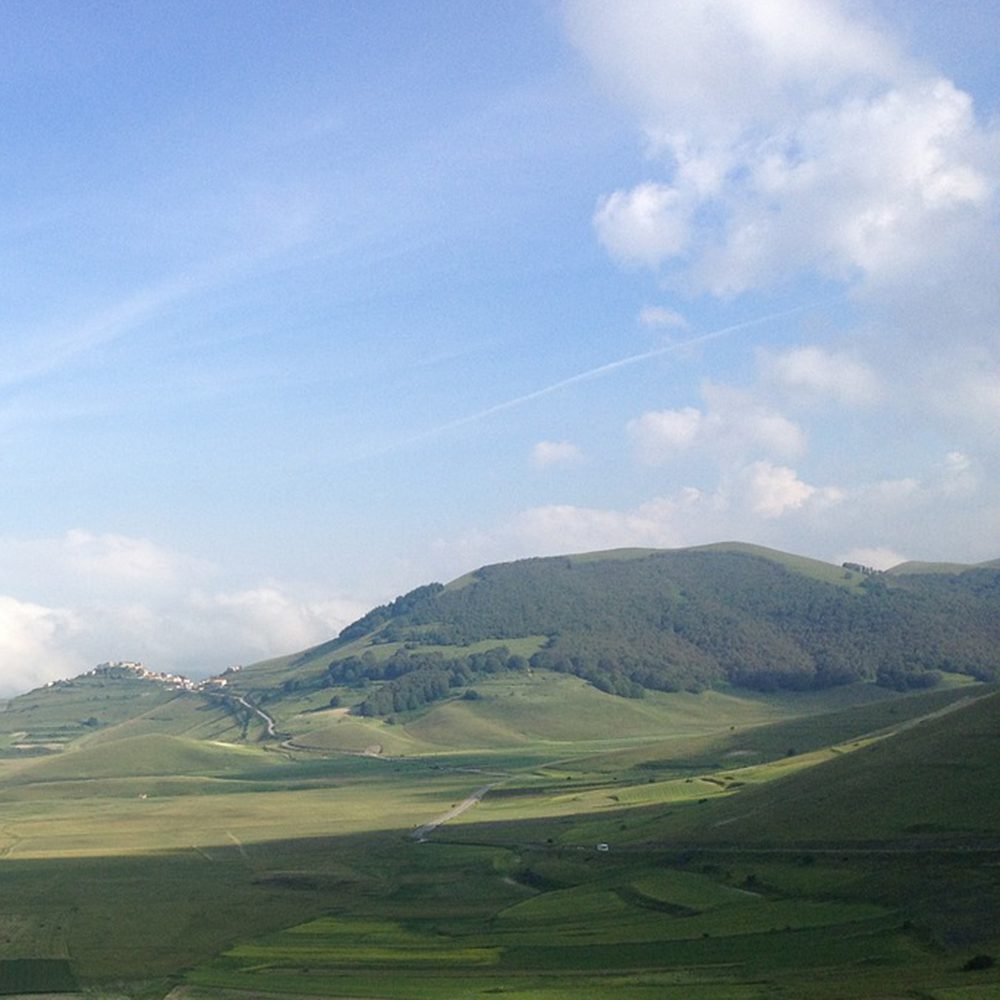
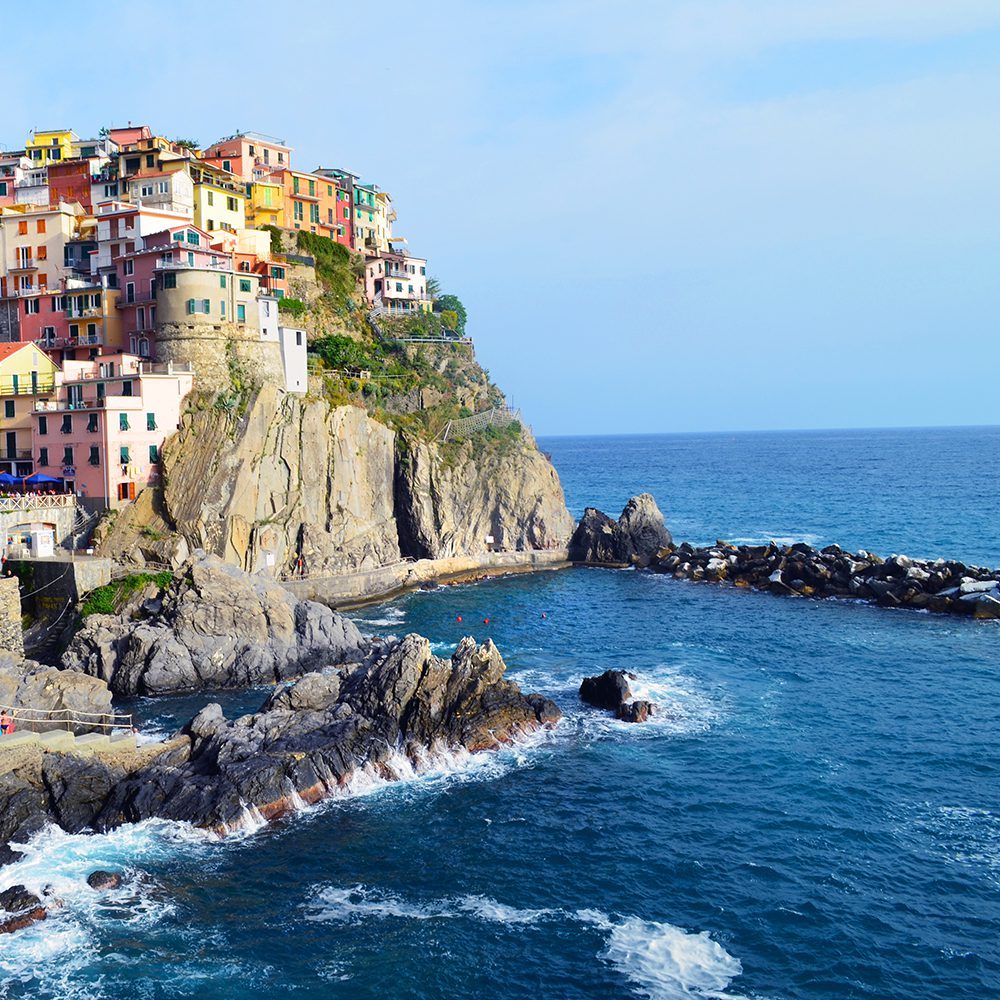
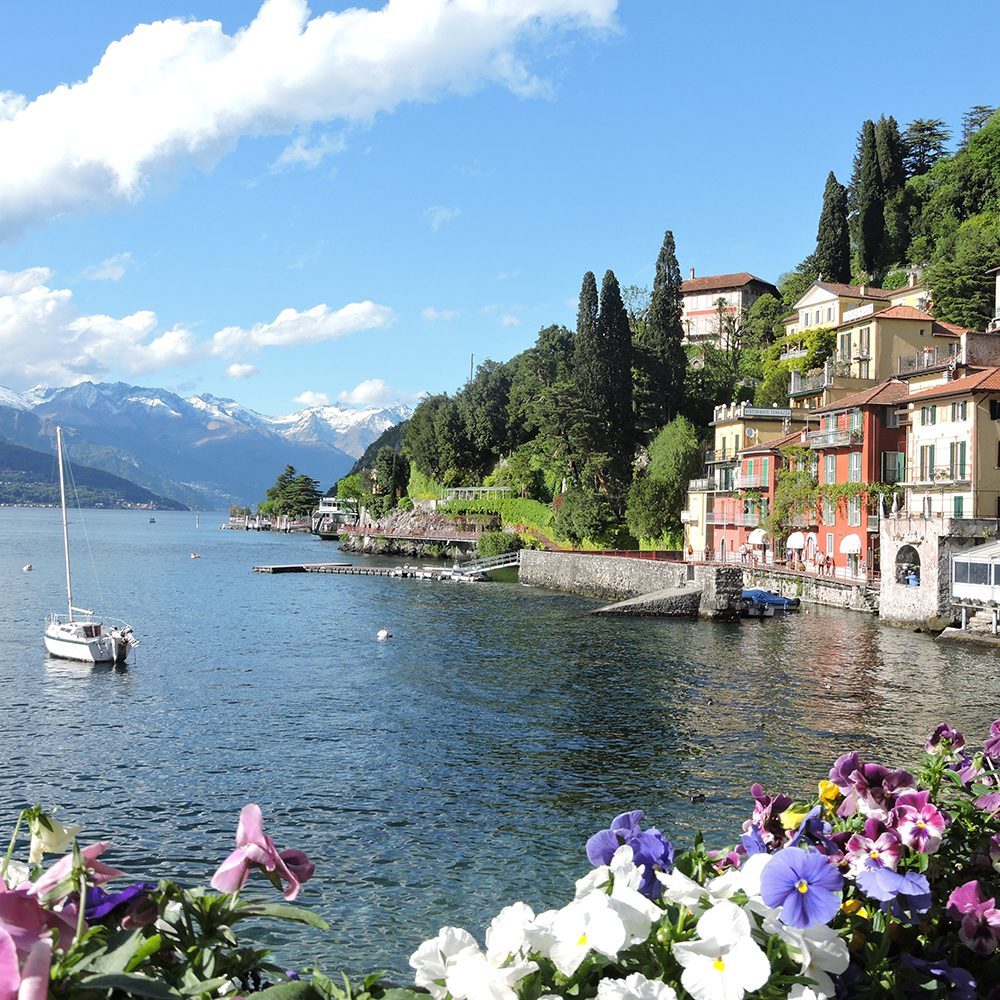
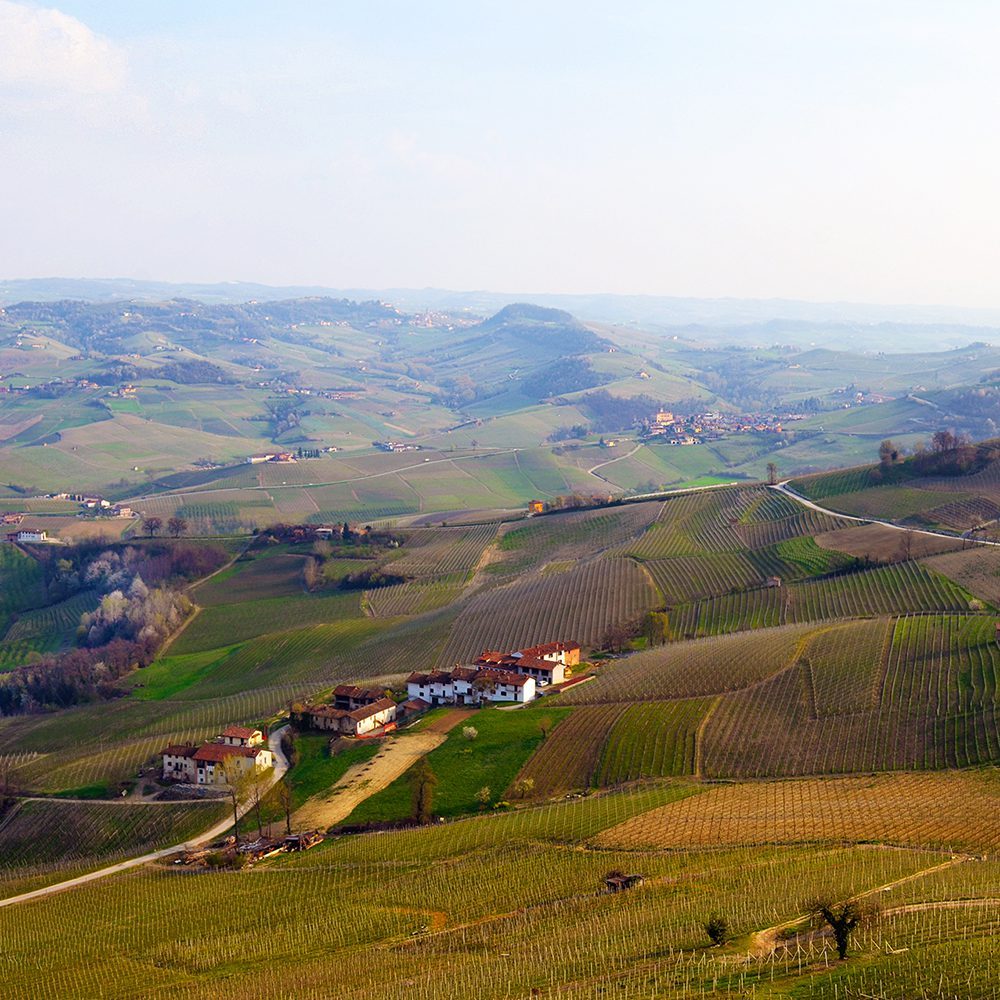

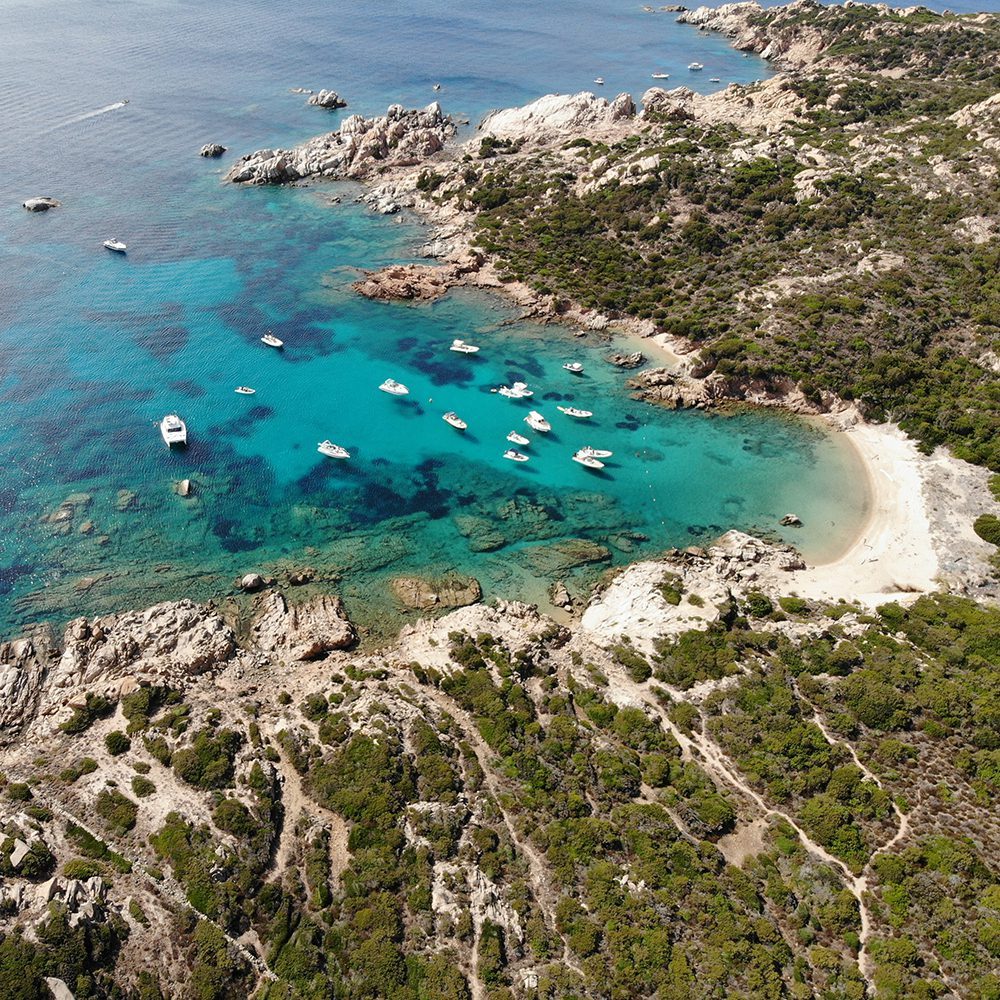
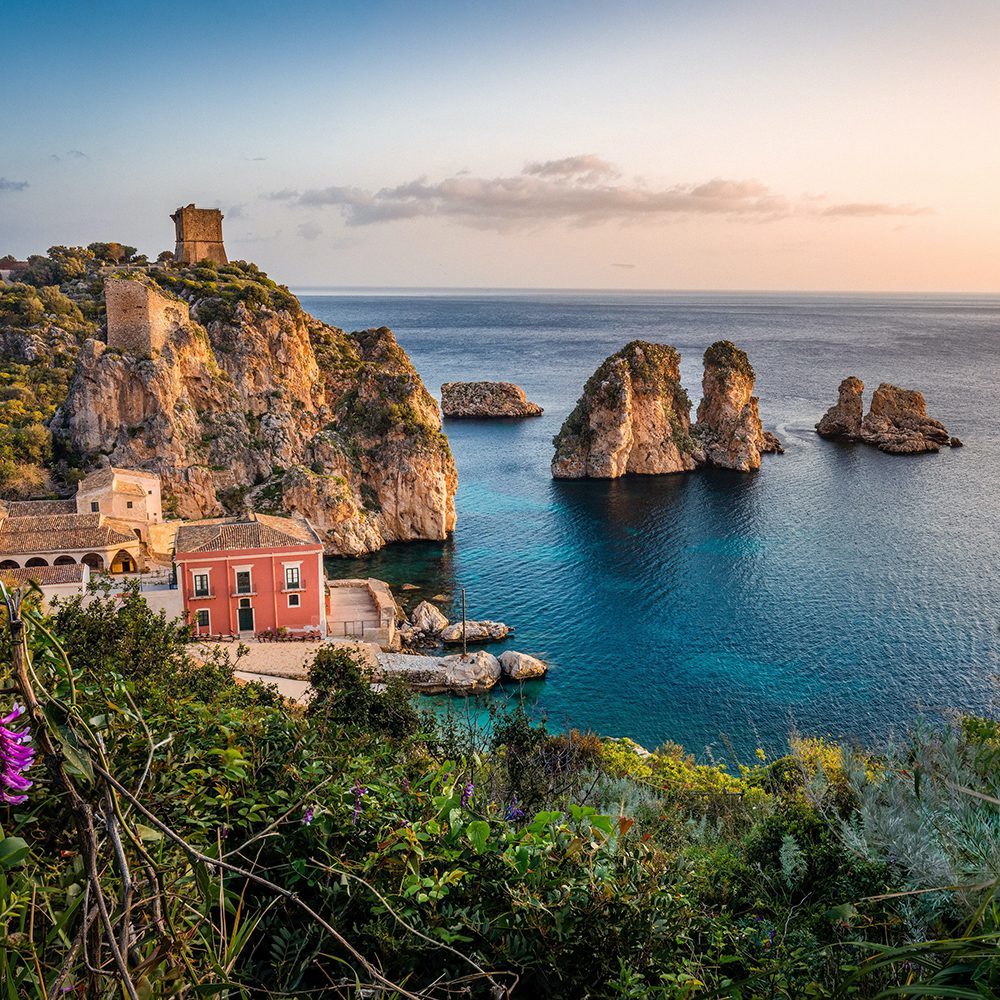
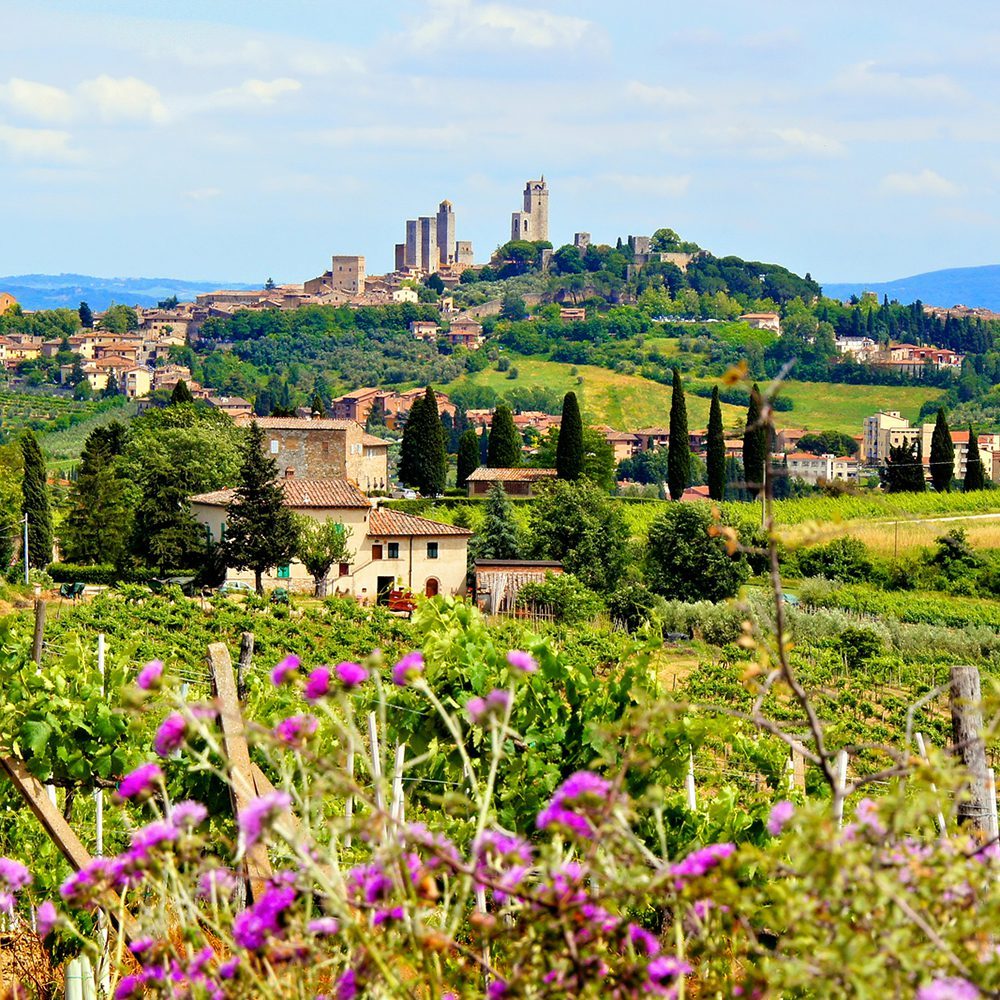
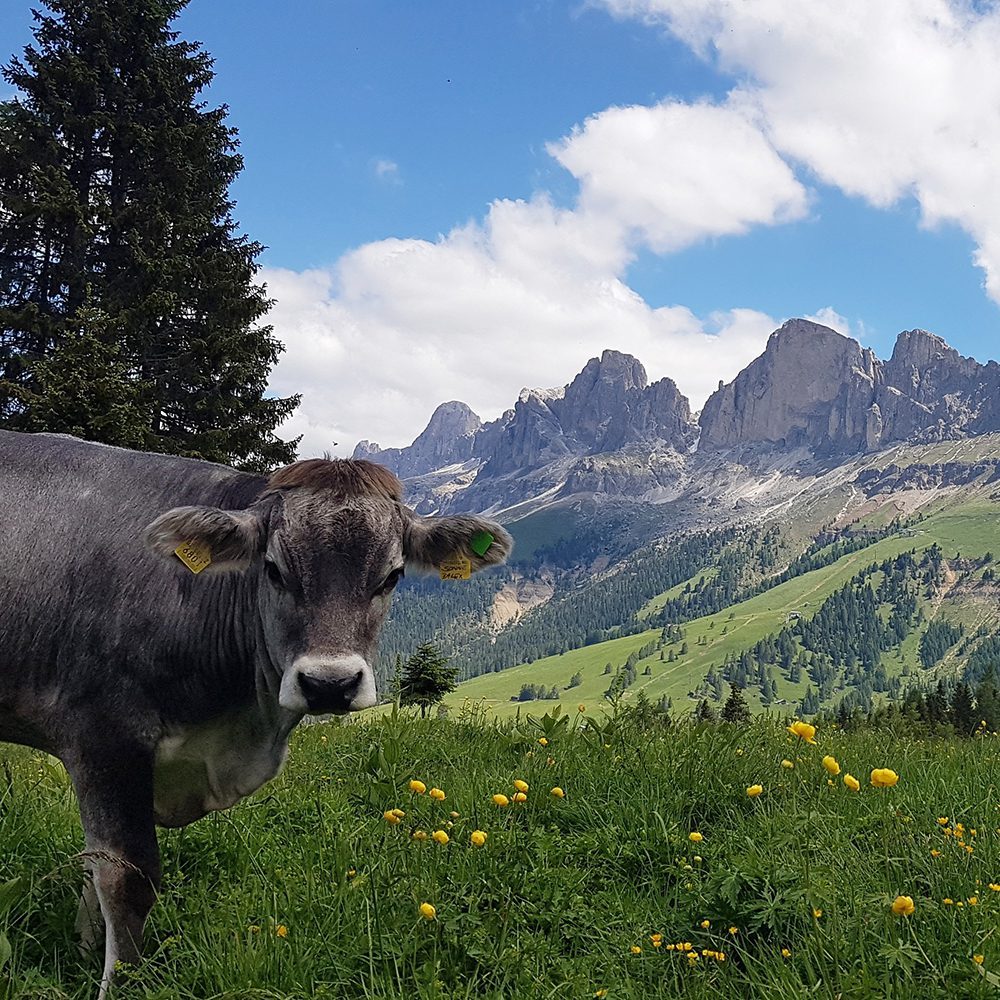
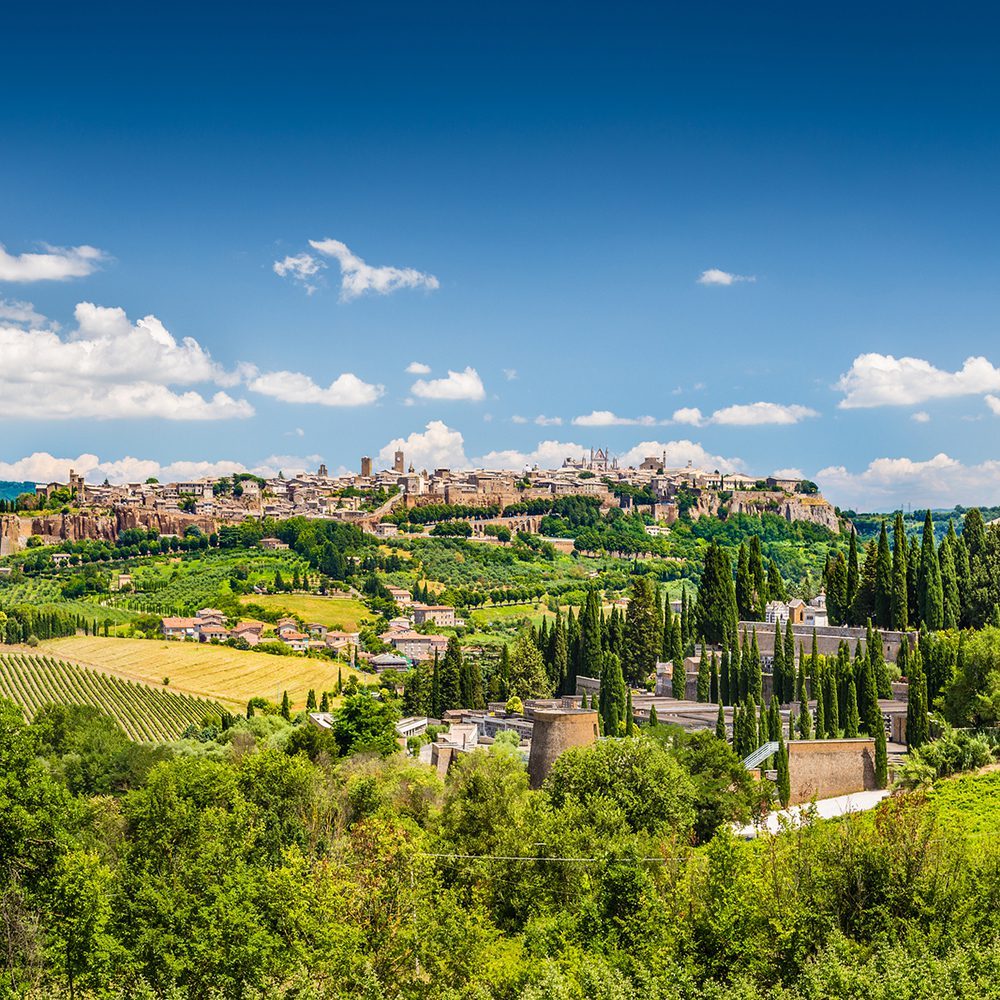
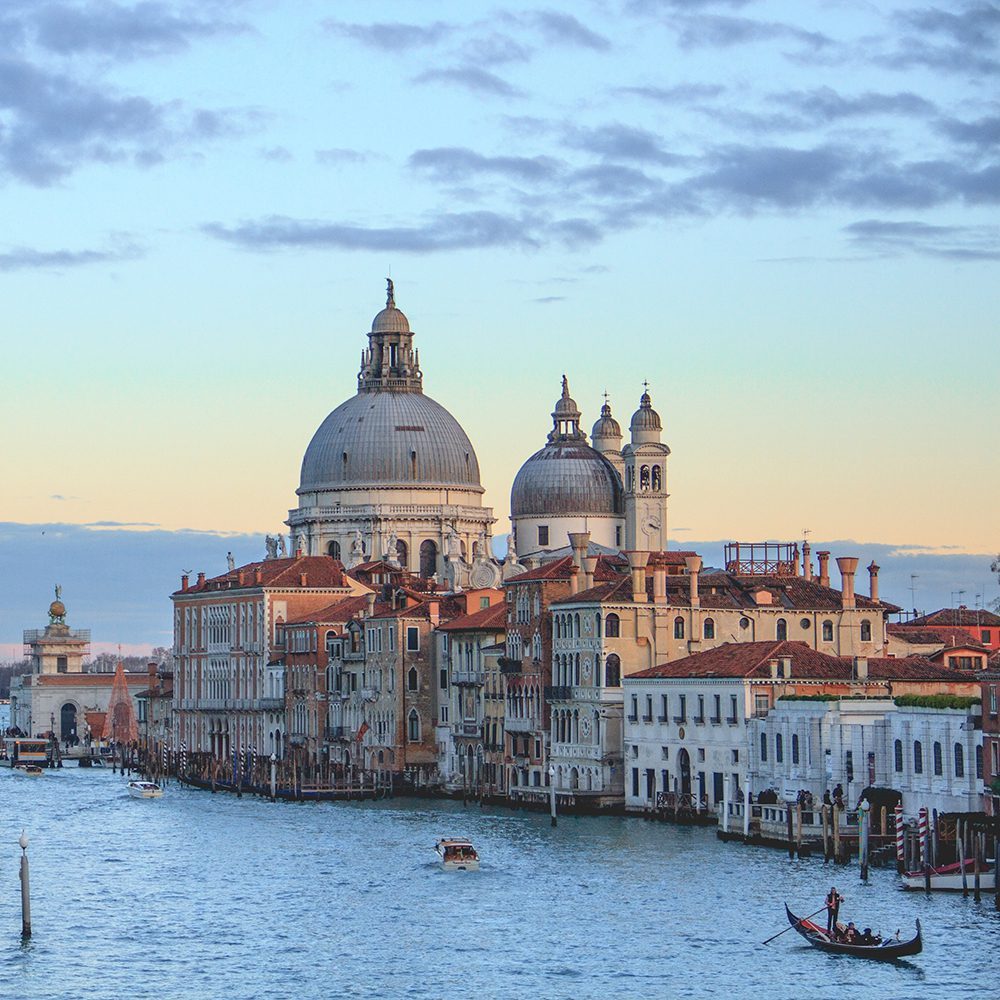
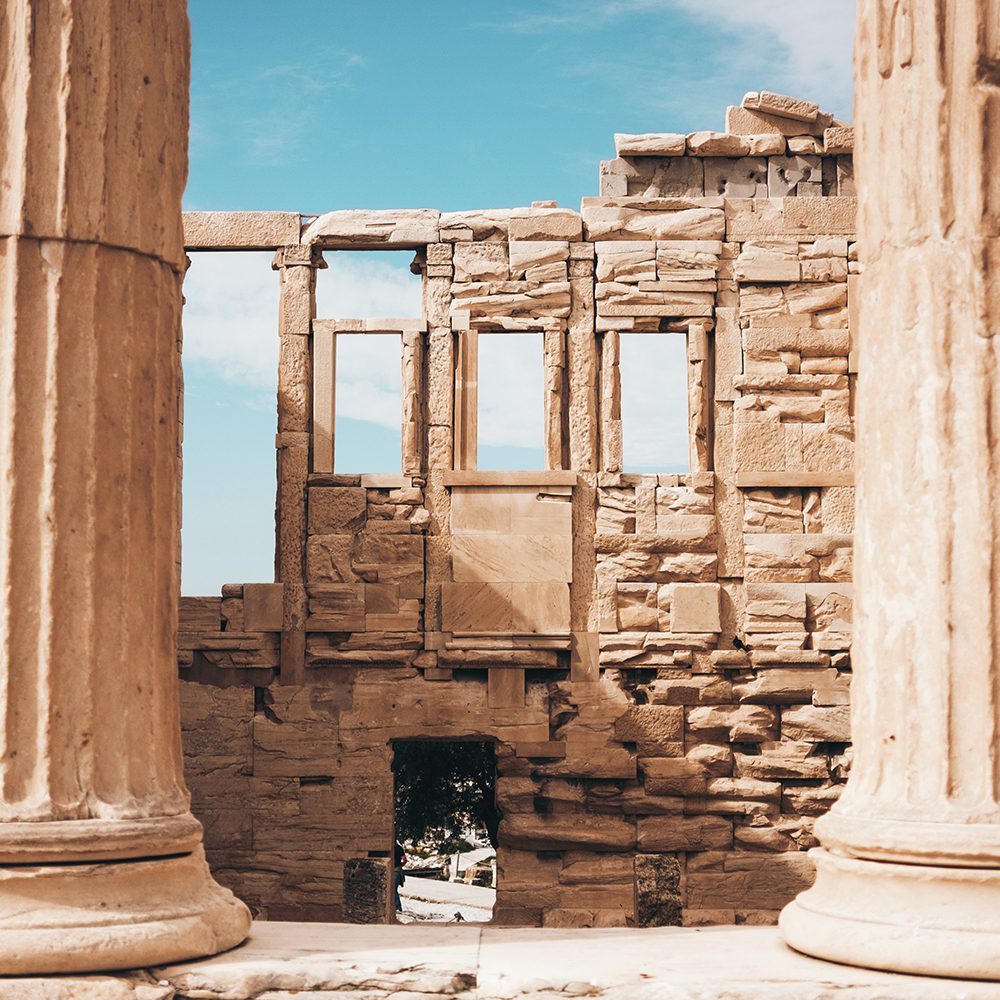
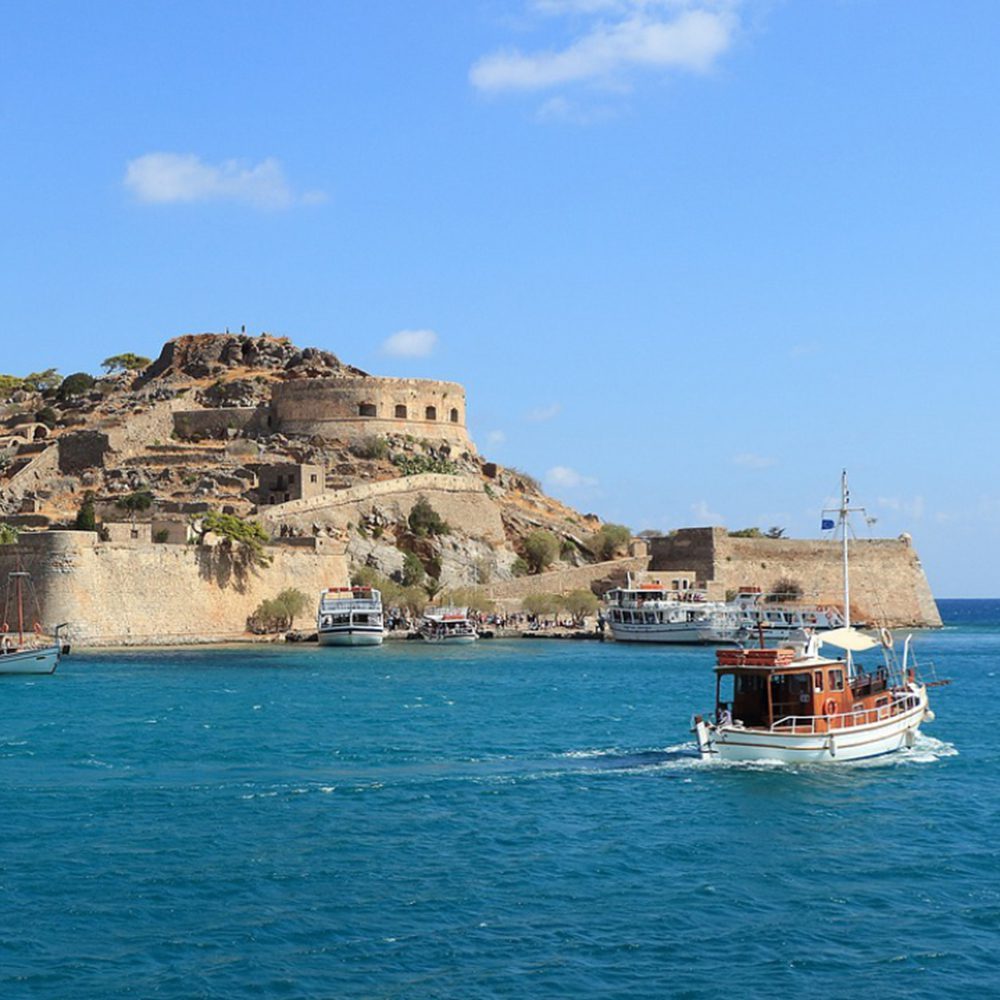
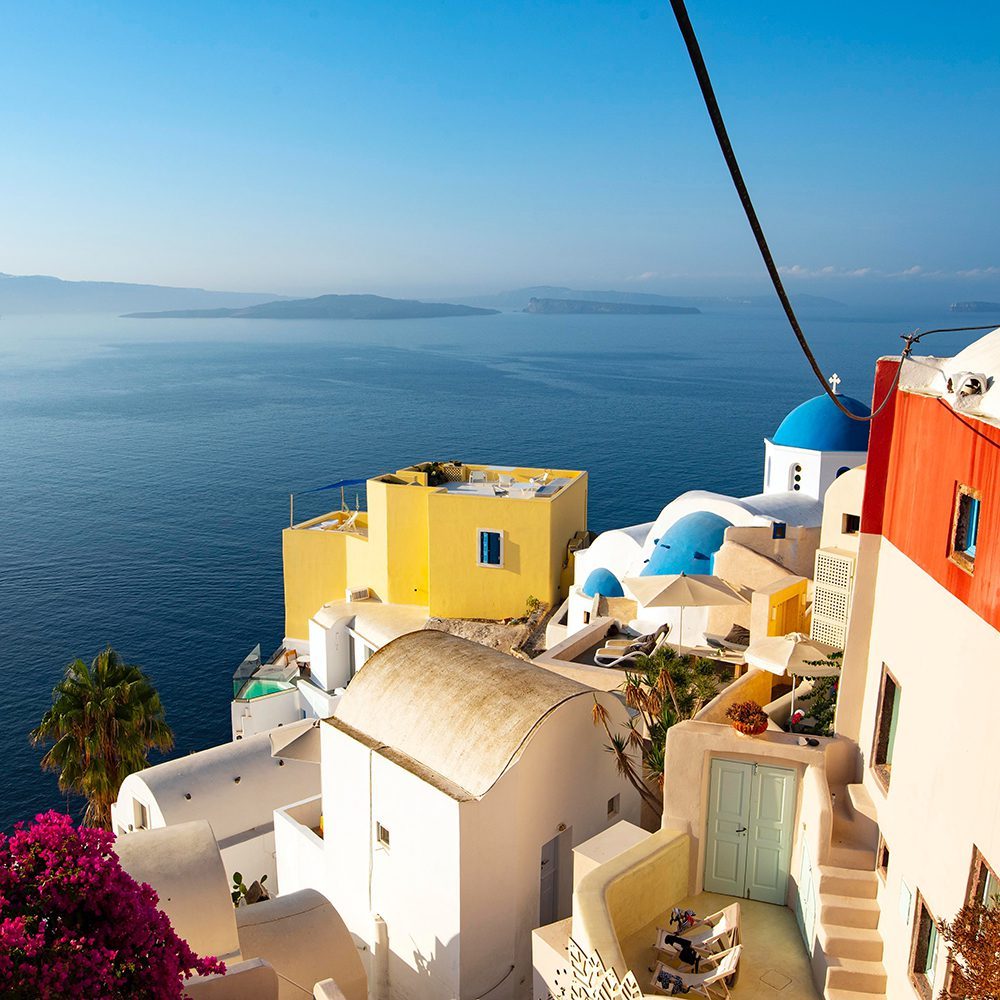
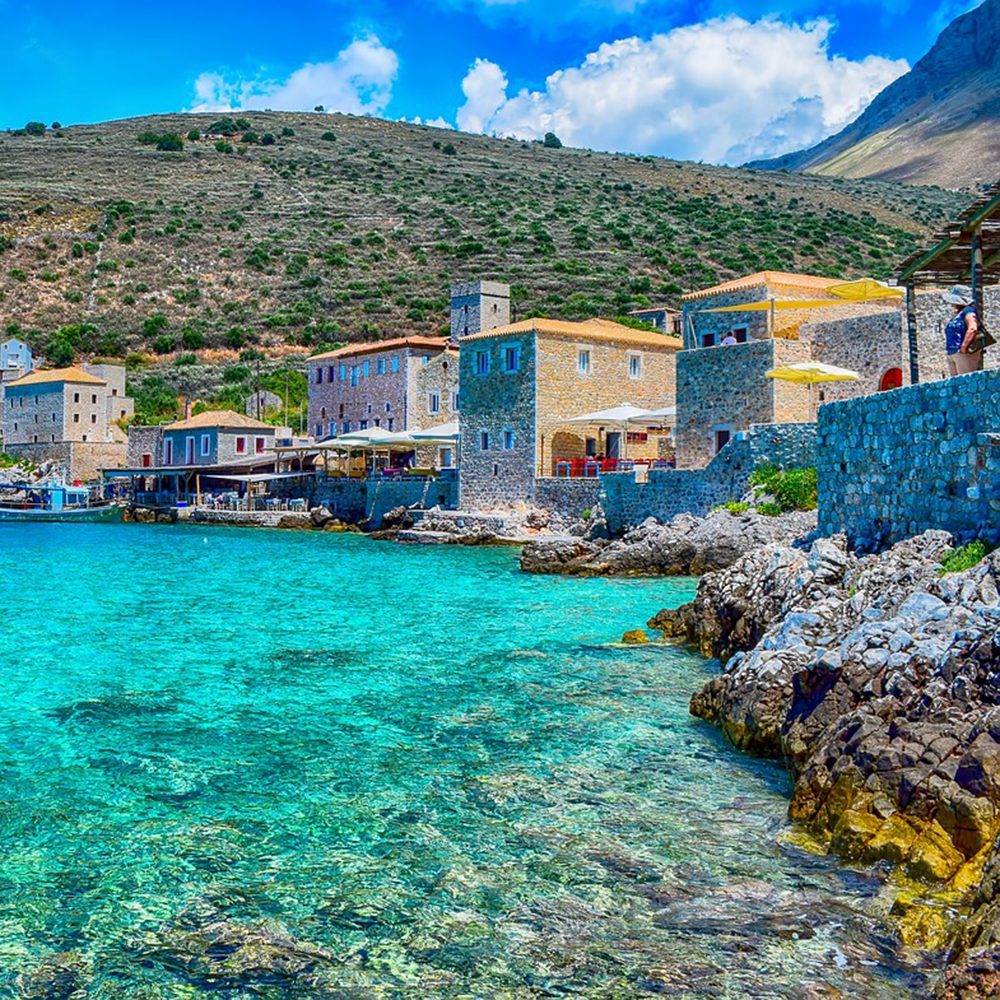
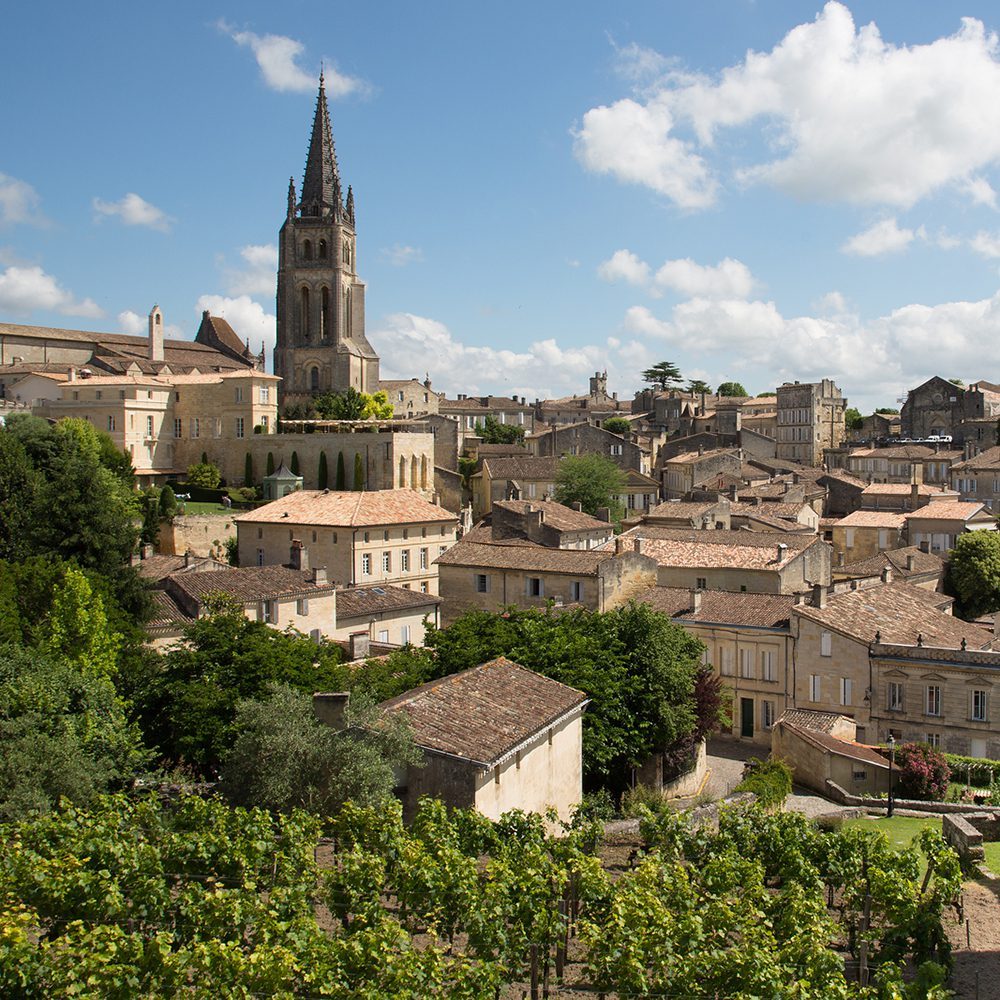
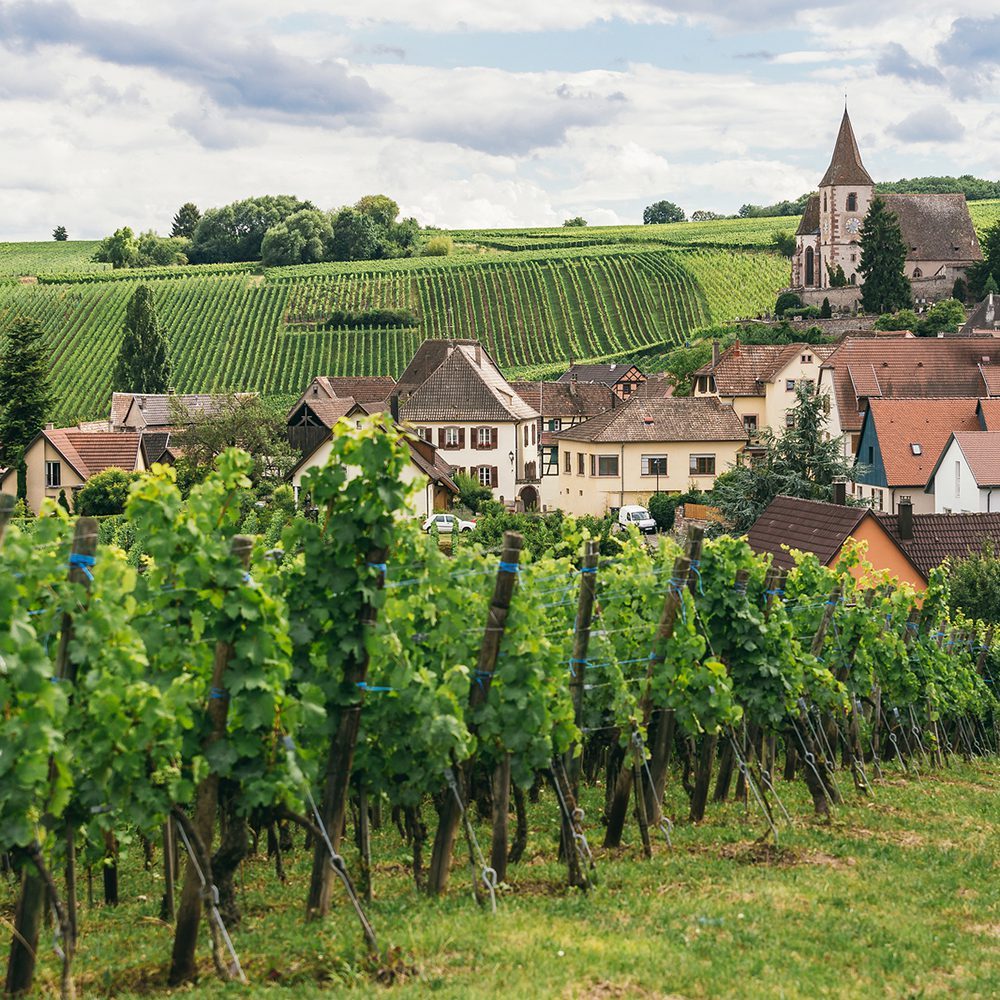
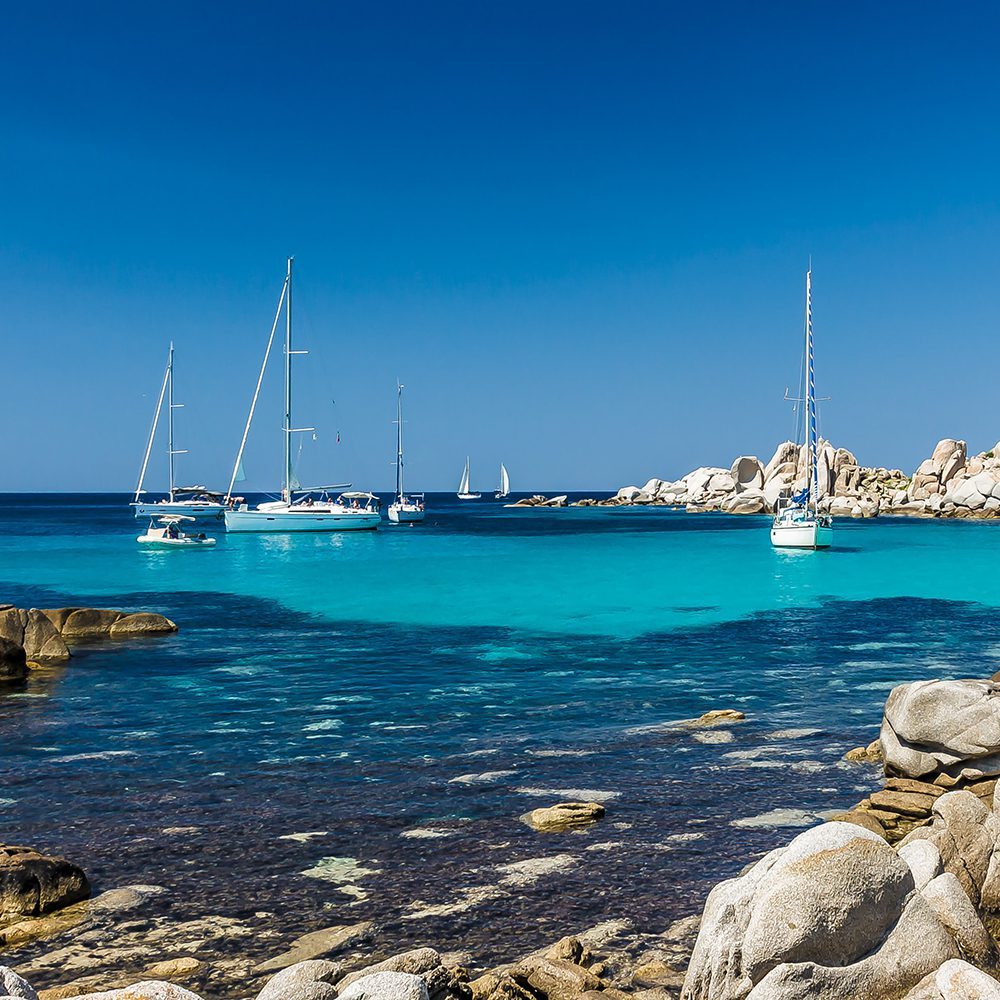
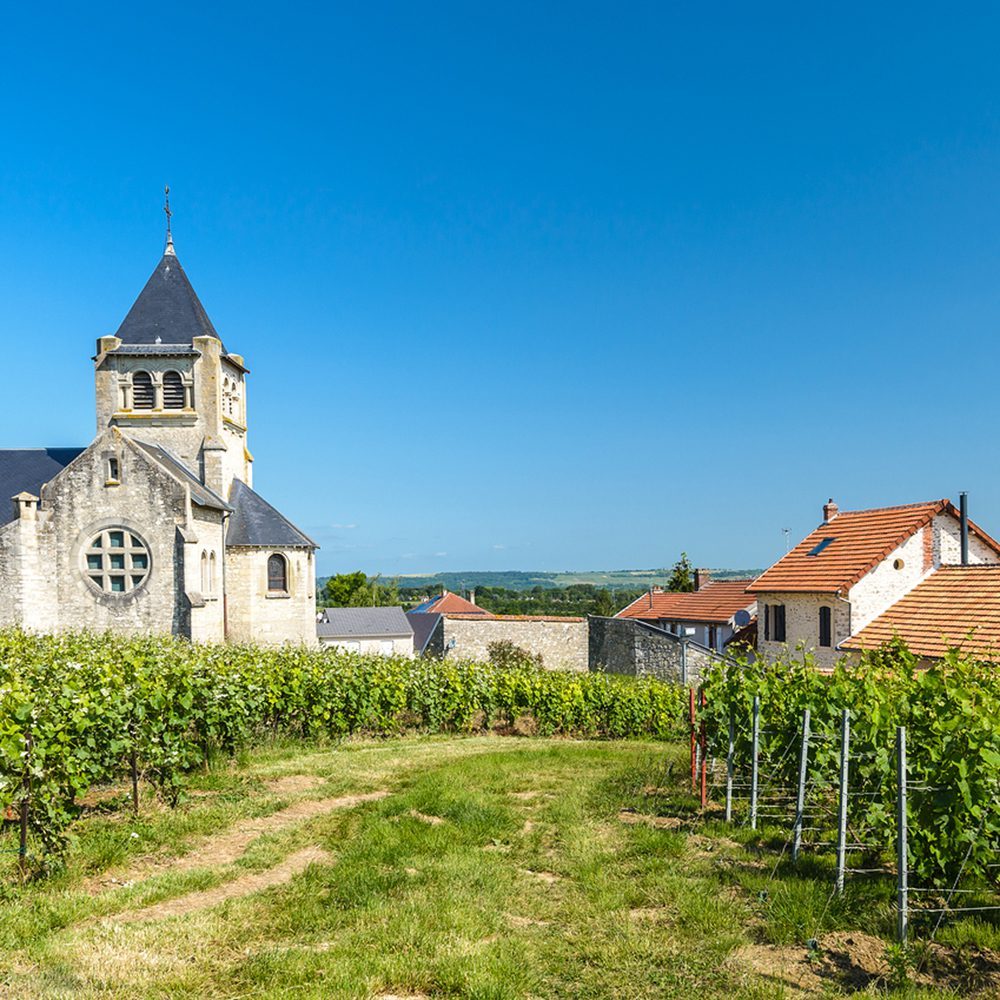
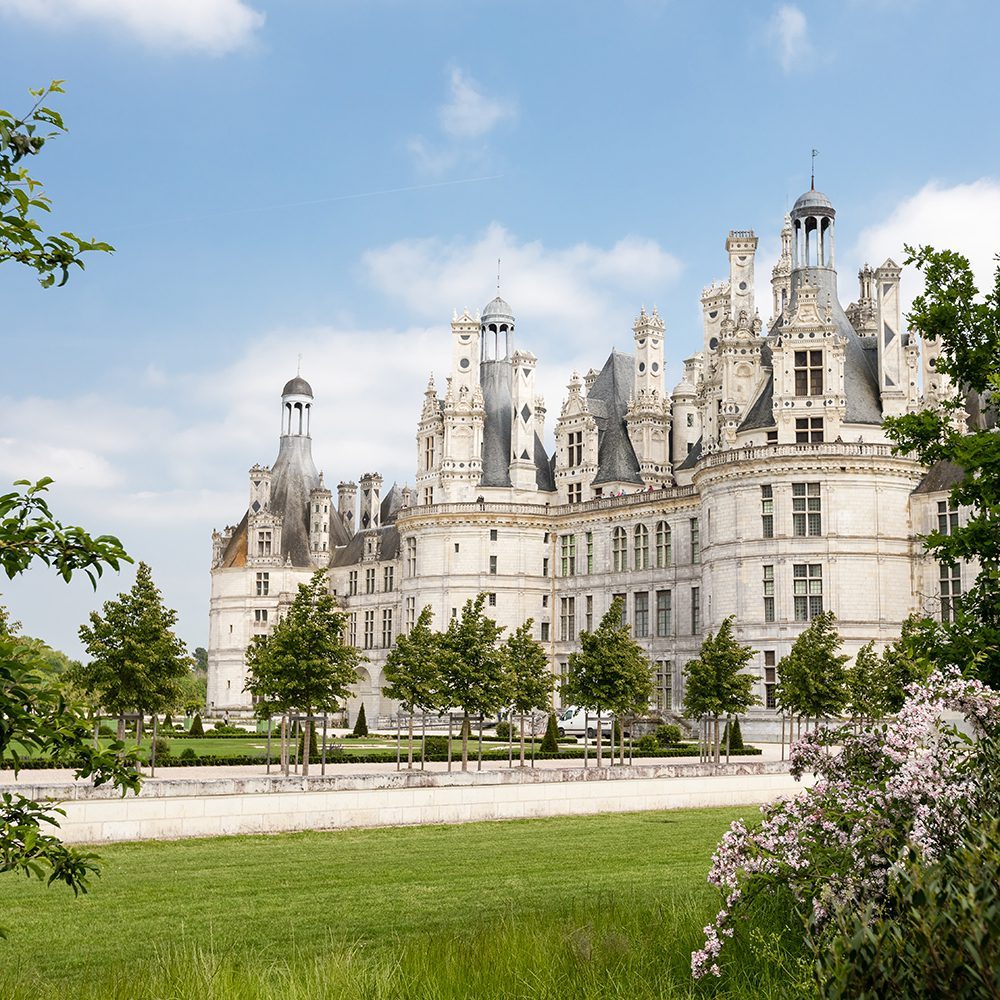
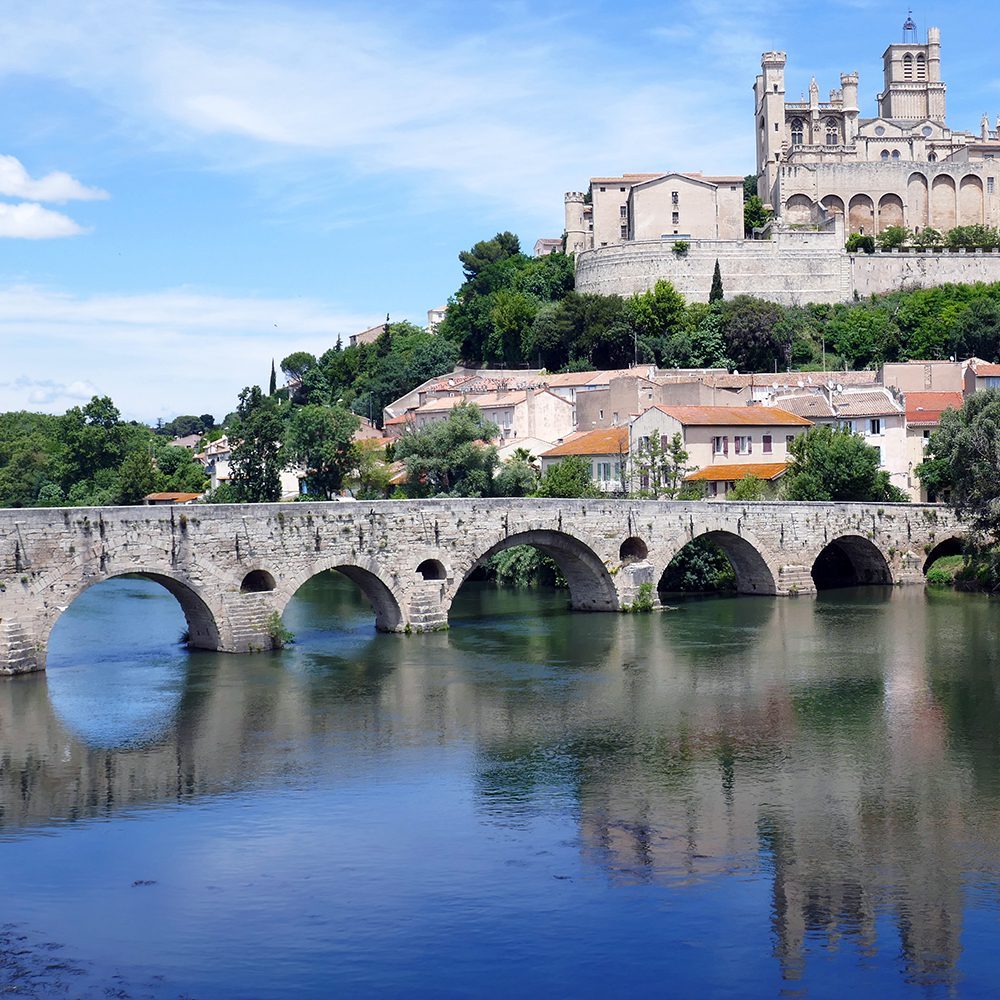
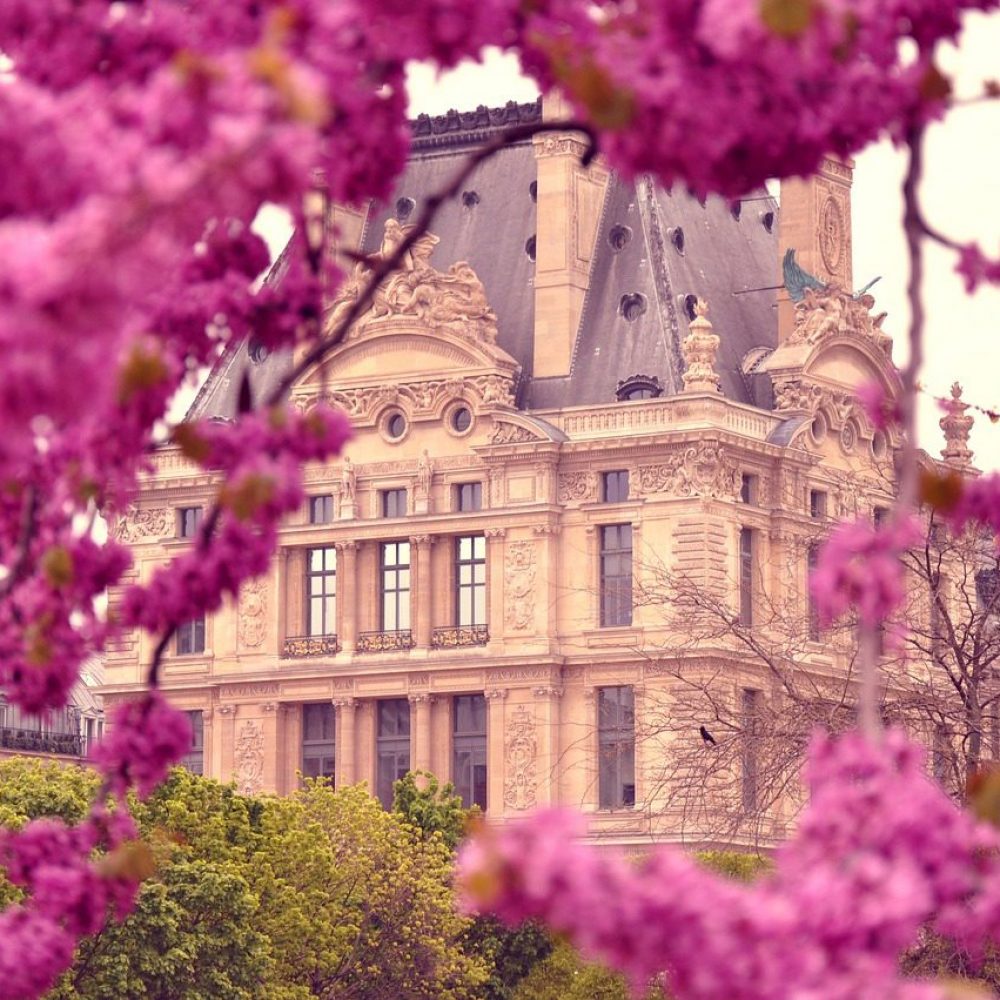
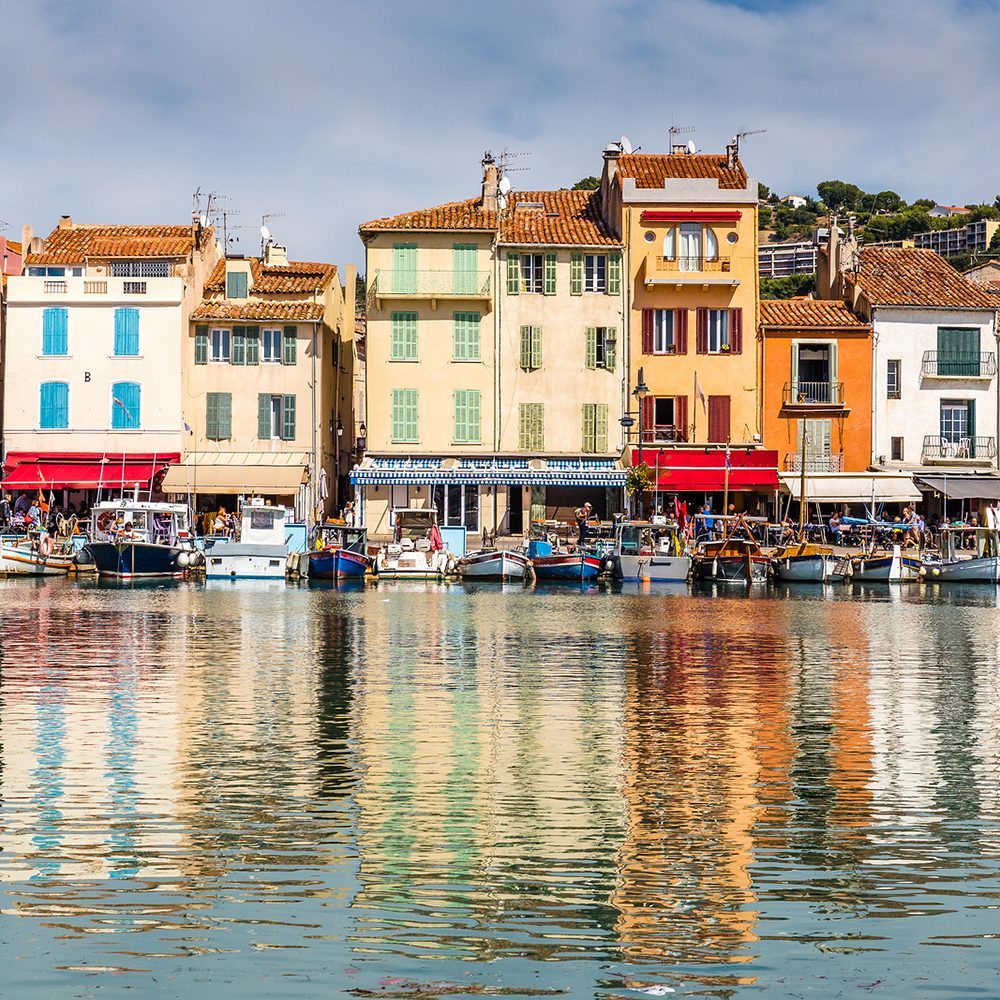
I CAN’T WAIT TO VISIT RAVENNA! A HOT PIADINA WITH A DAB OF OLIVE OIL AND A SLICE OF LOCAL CHEESE JUST MIGHT DO THE TRICK. I LOVE THE INFO PROVIDED ON THE FIVE THINGS. THAT’S HOW ONE BEGINS TO EXPERIENCE THE CULTURE: LEARN ABOUT IT, GO TO IT, AND EXPERIENCE IT.